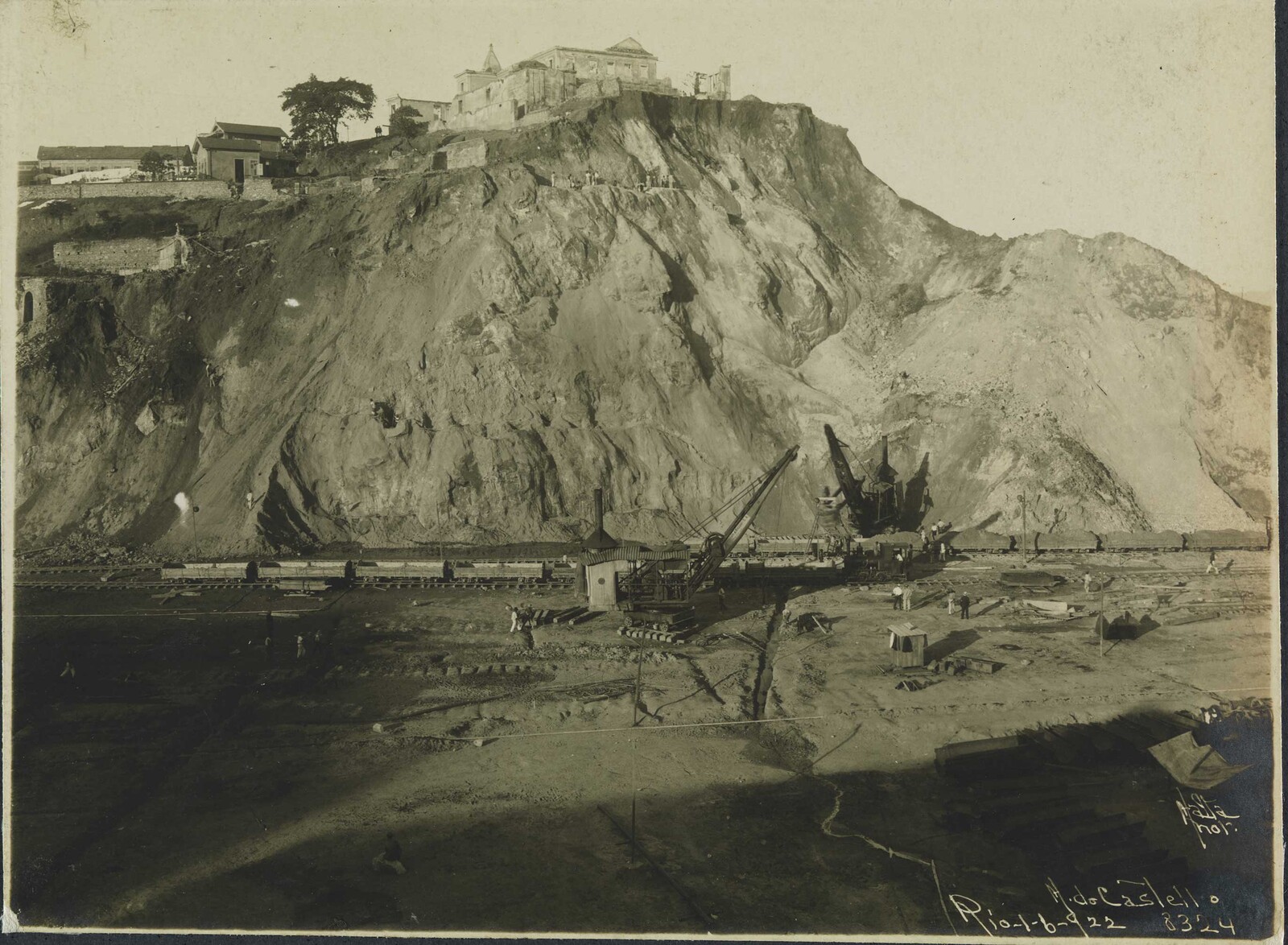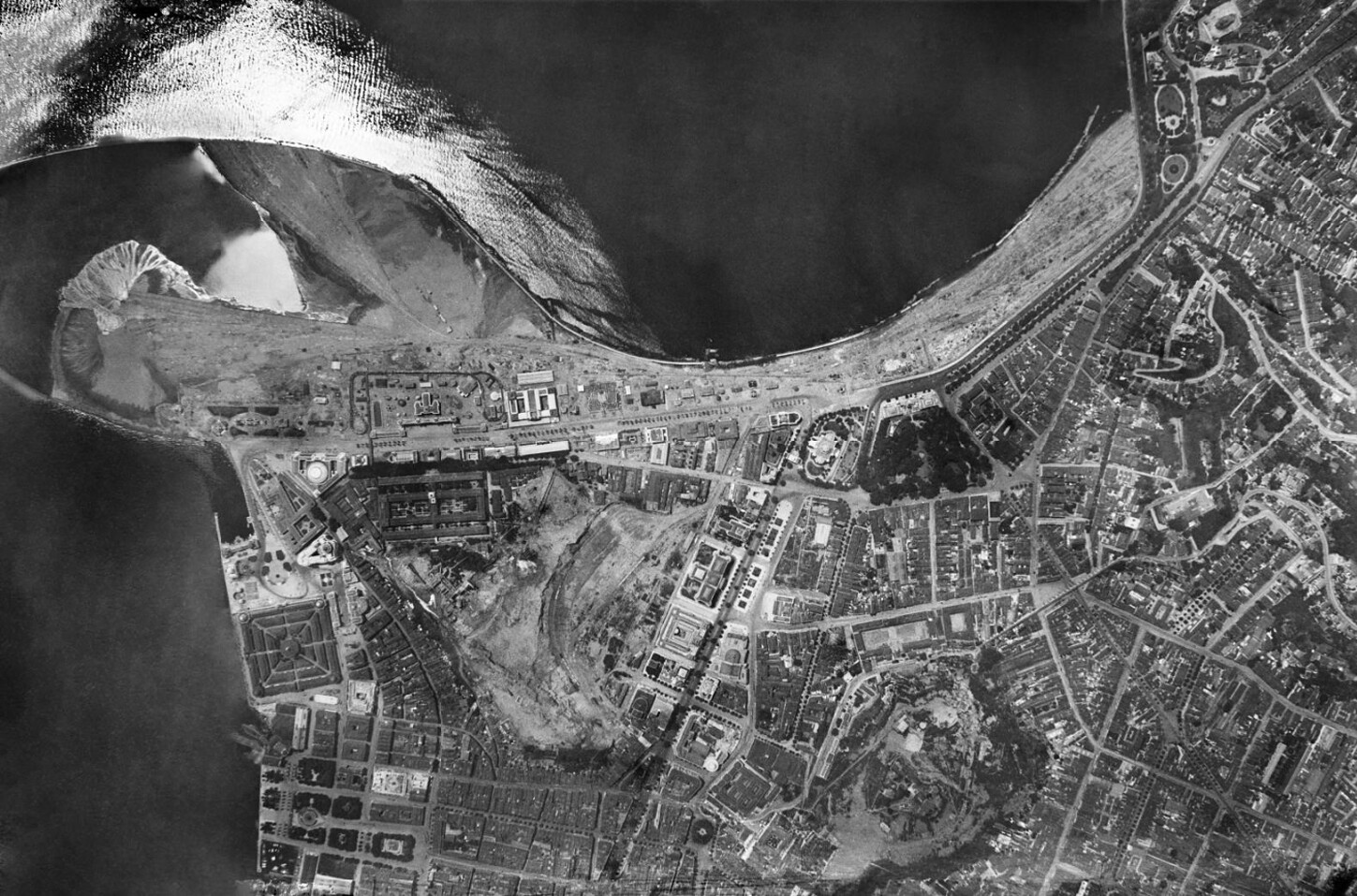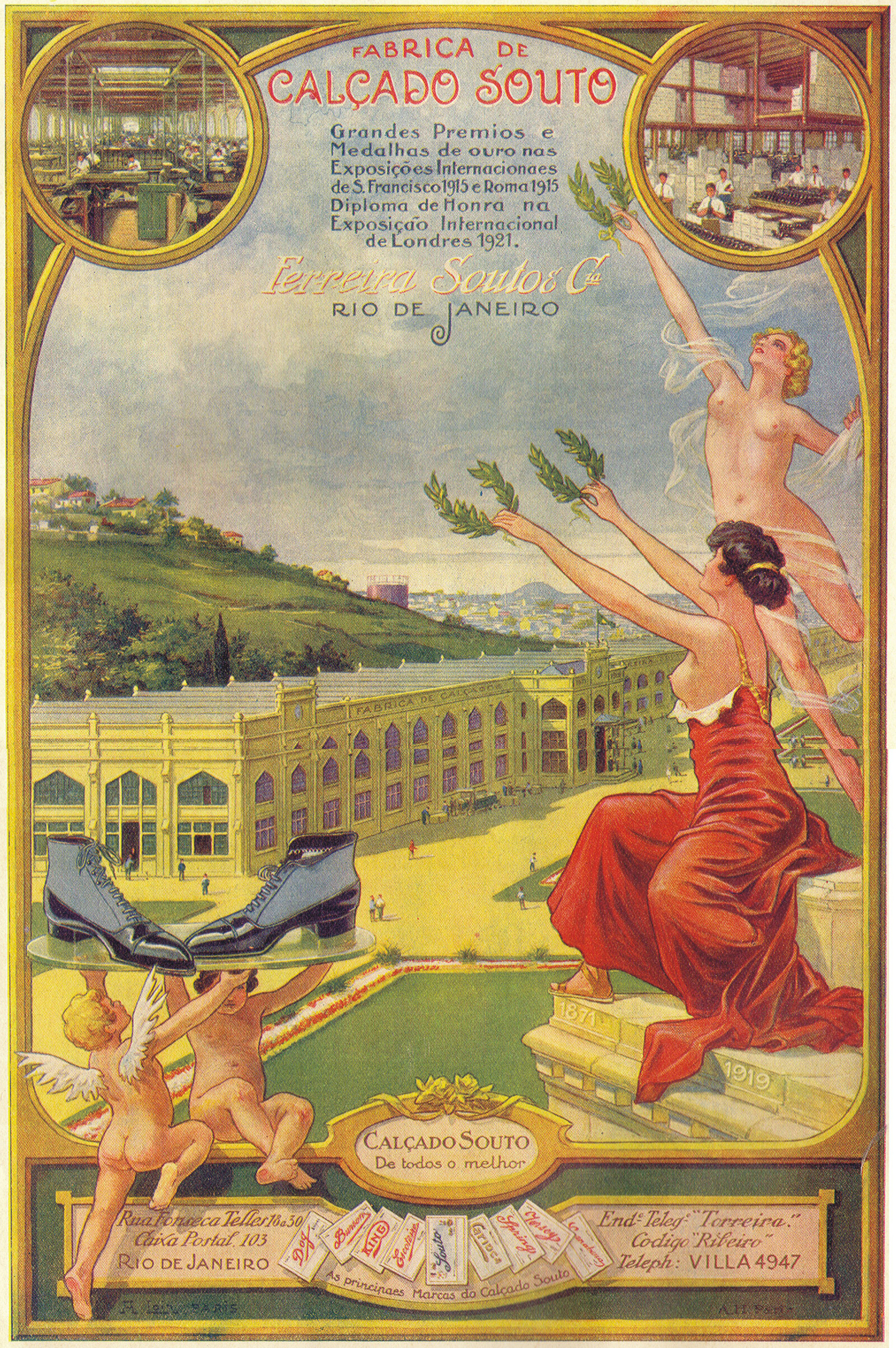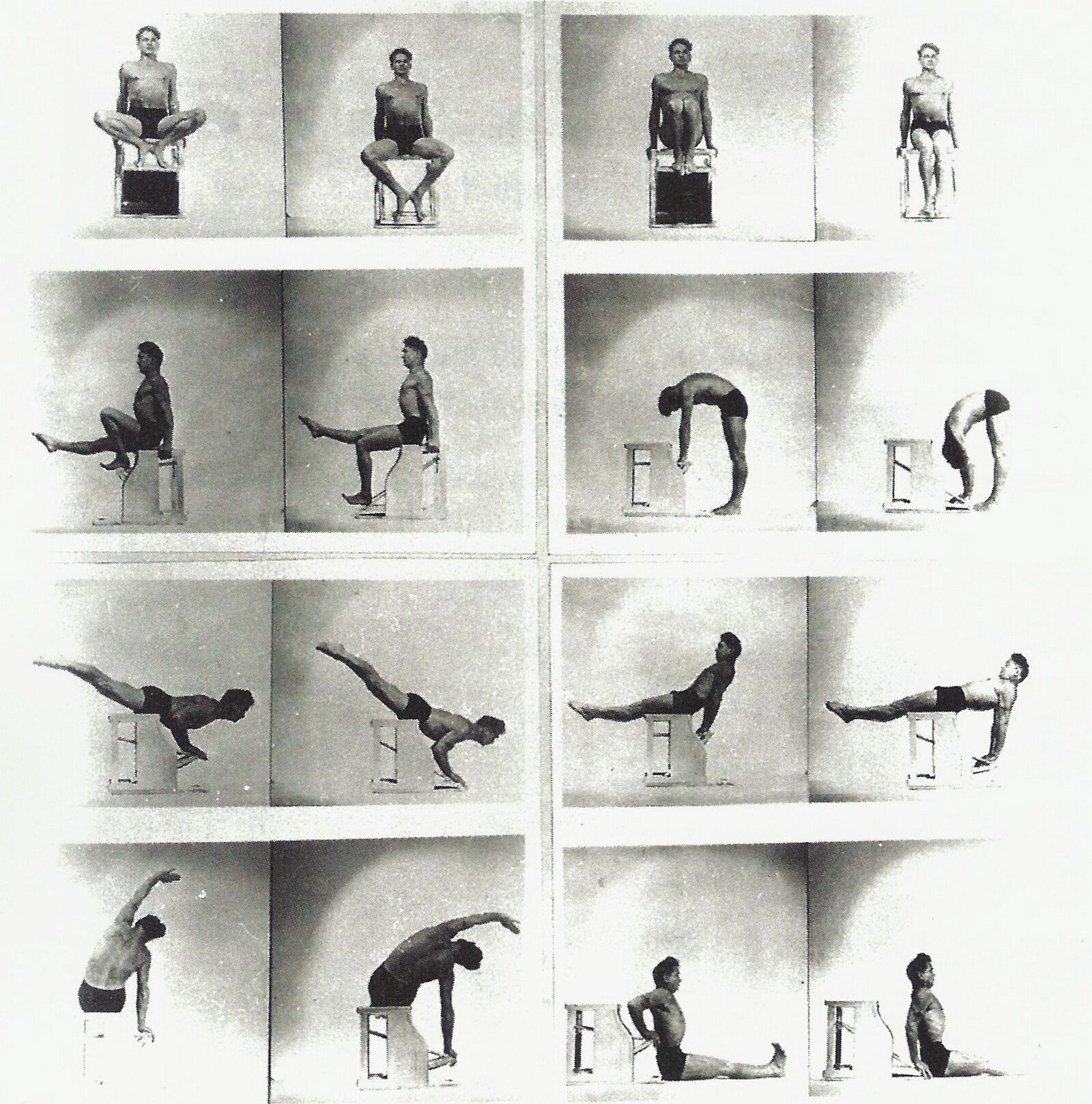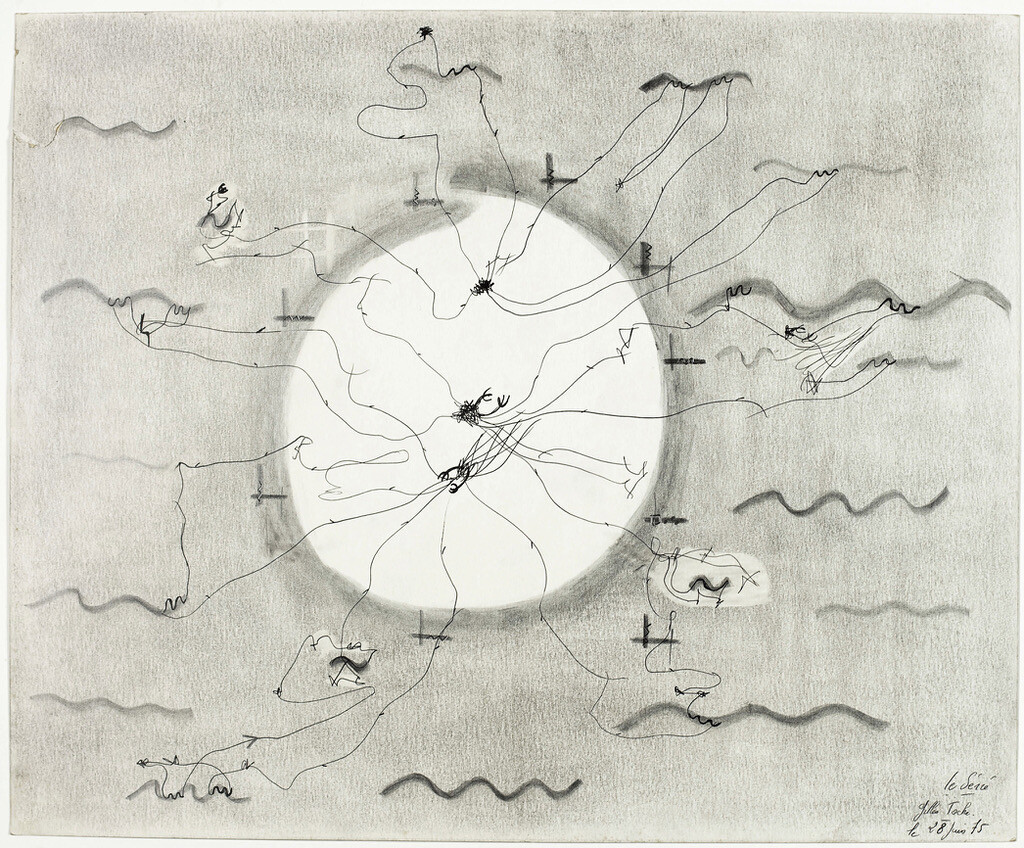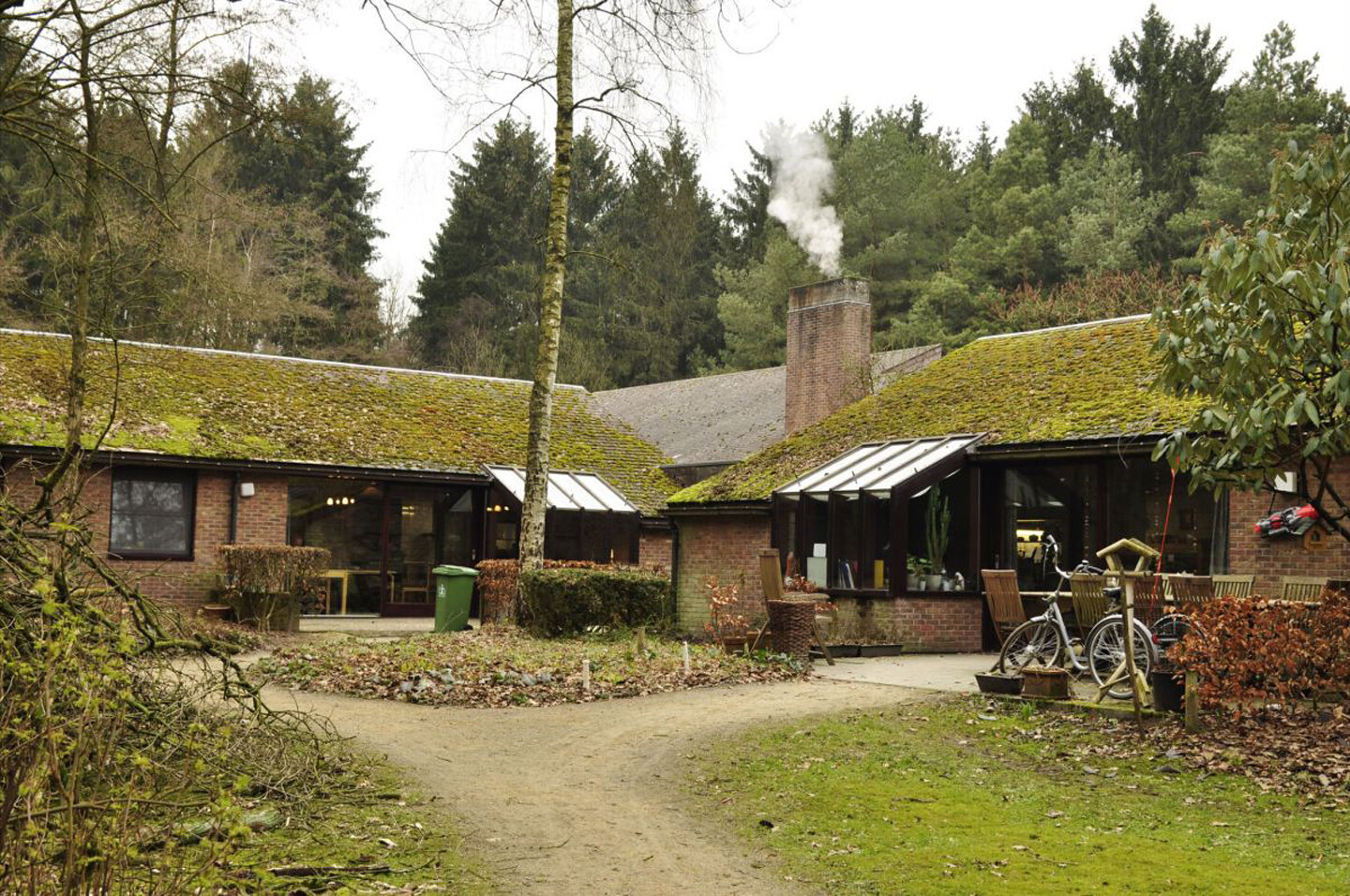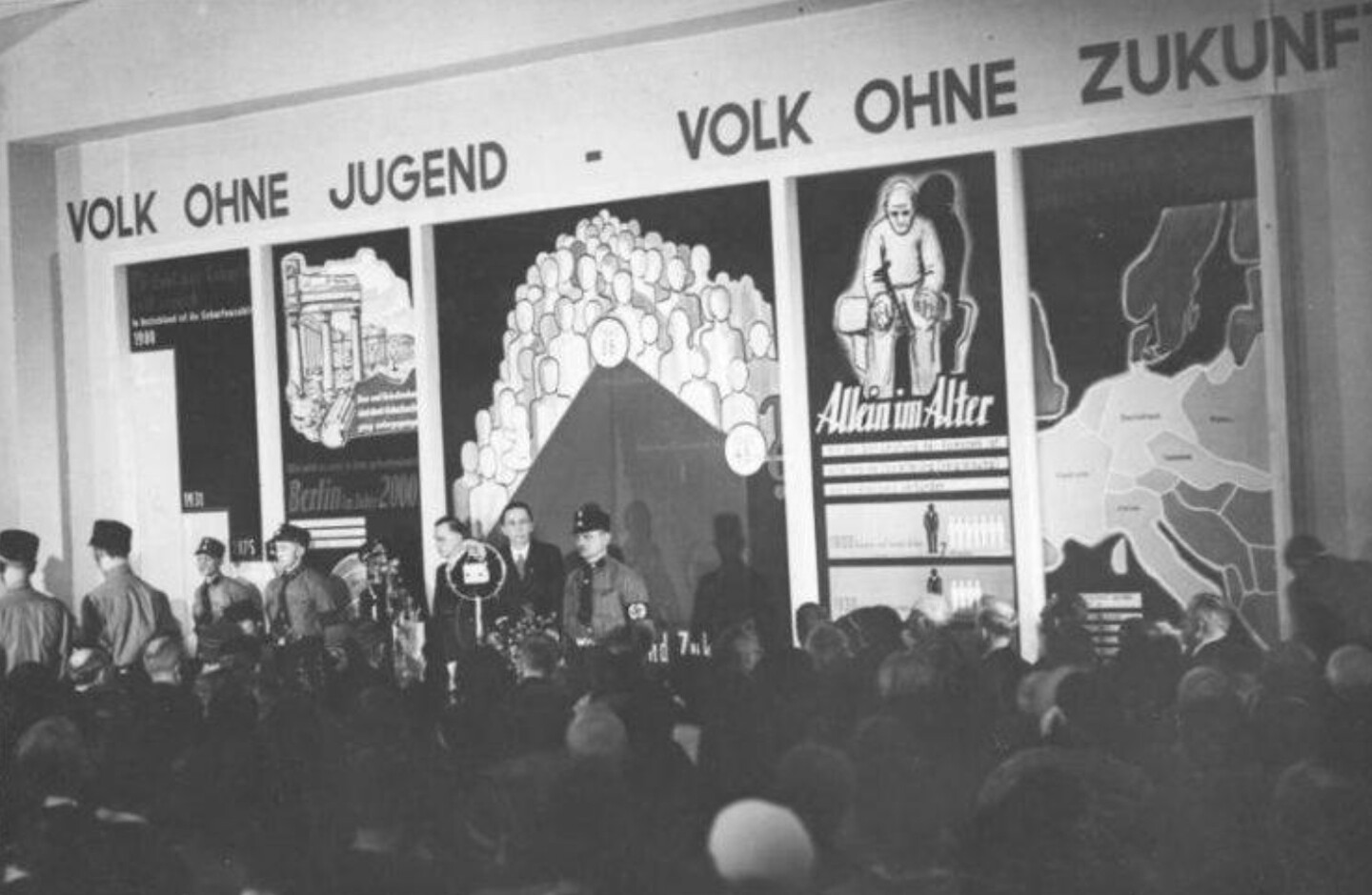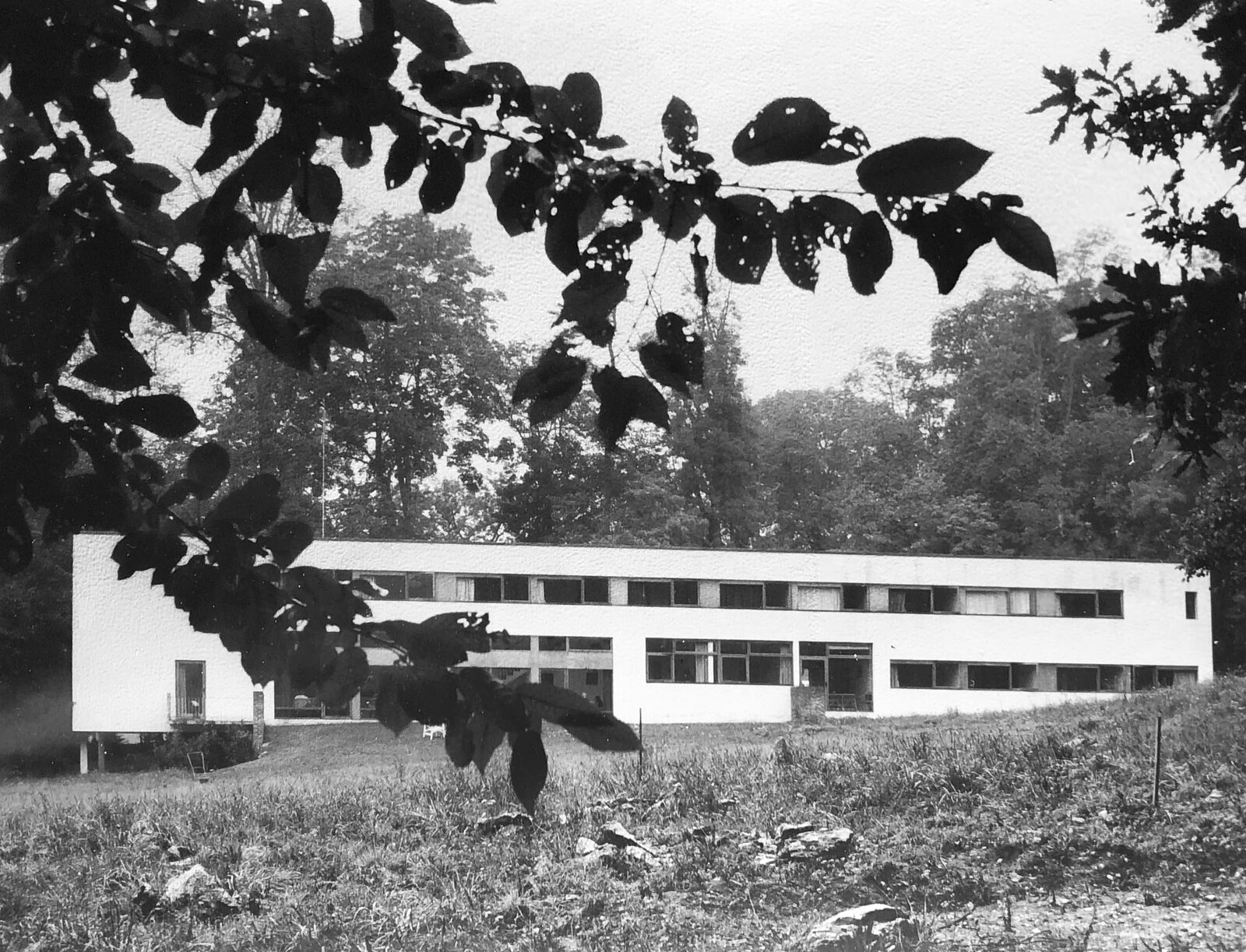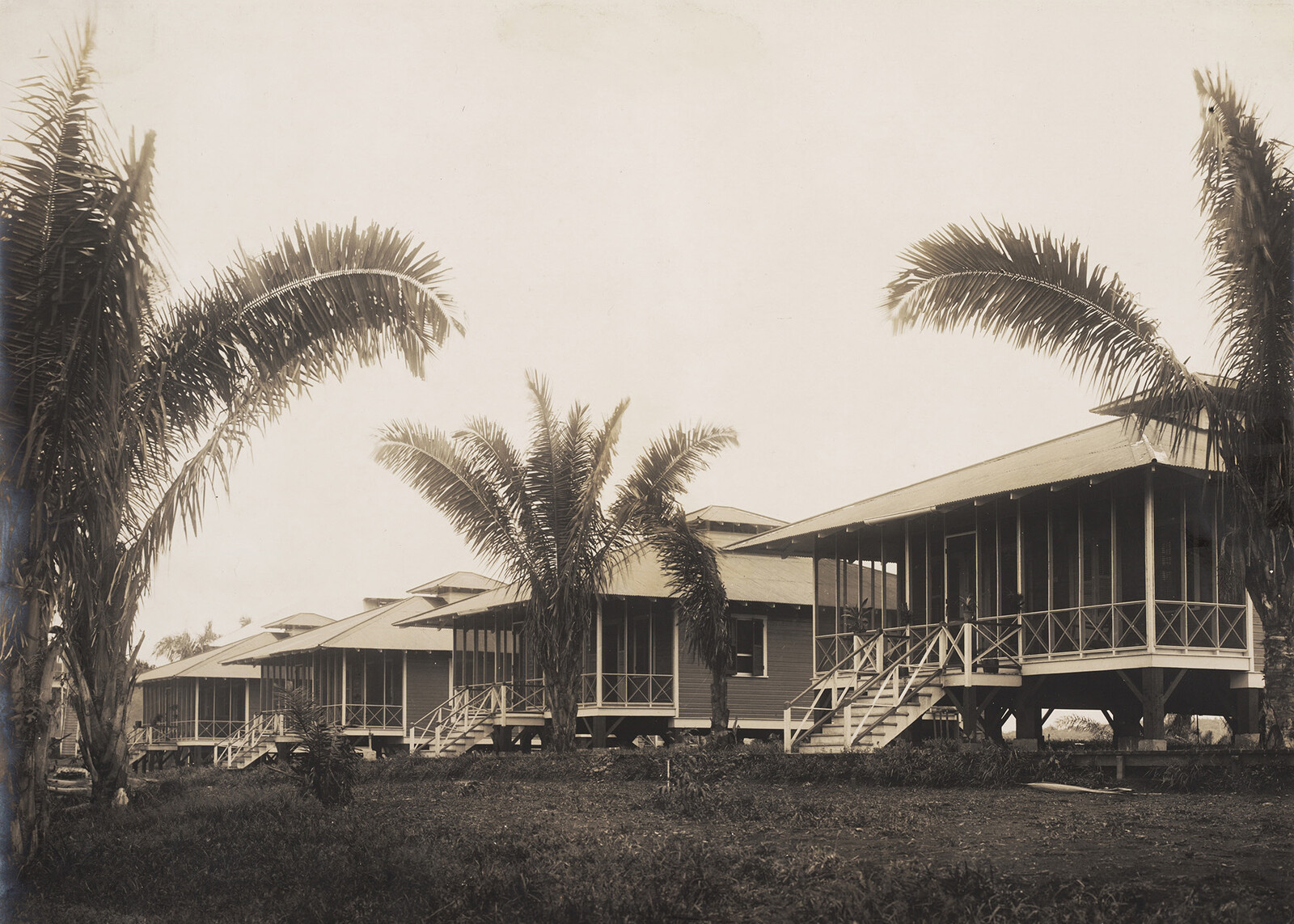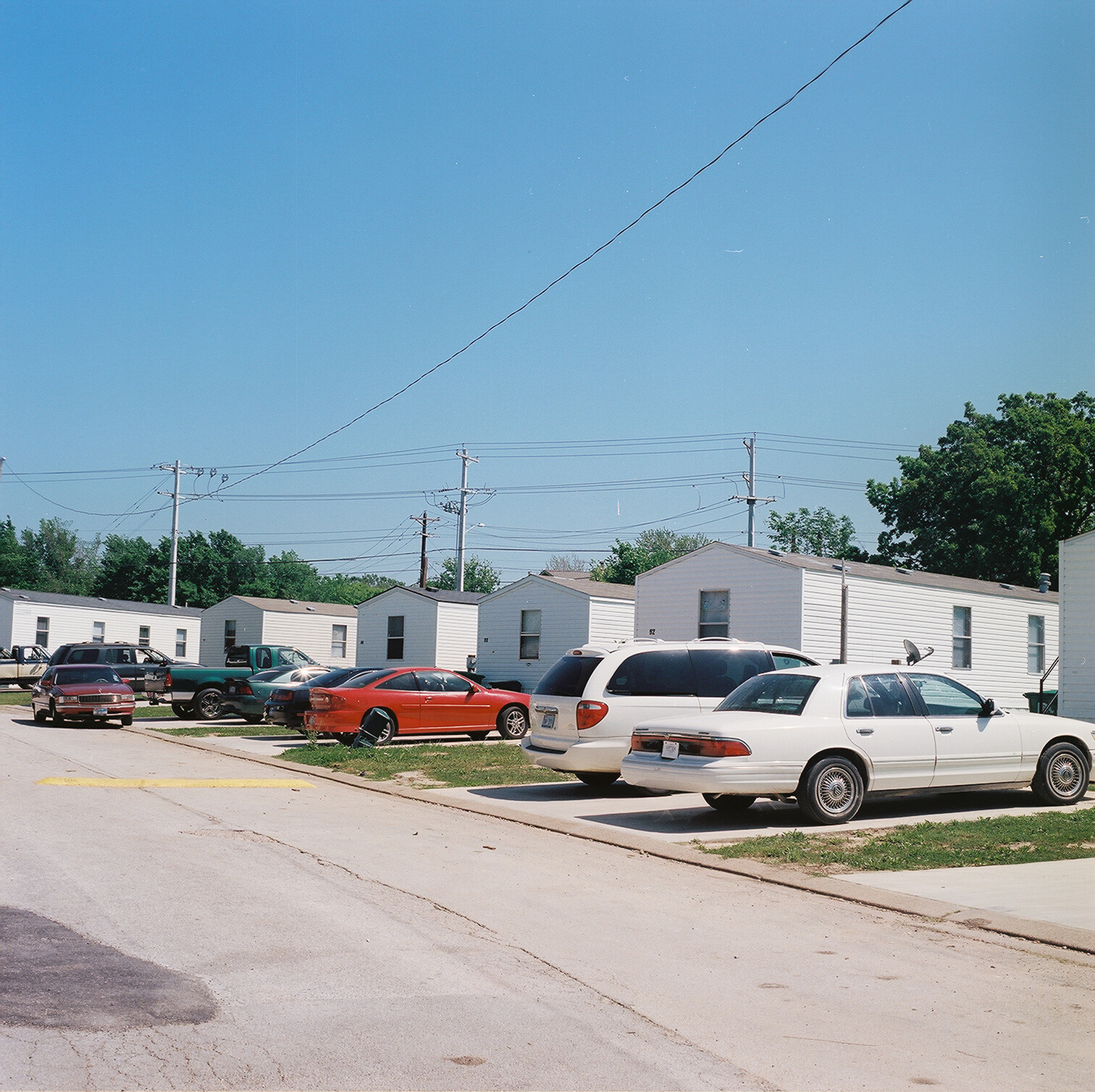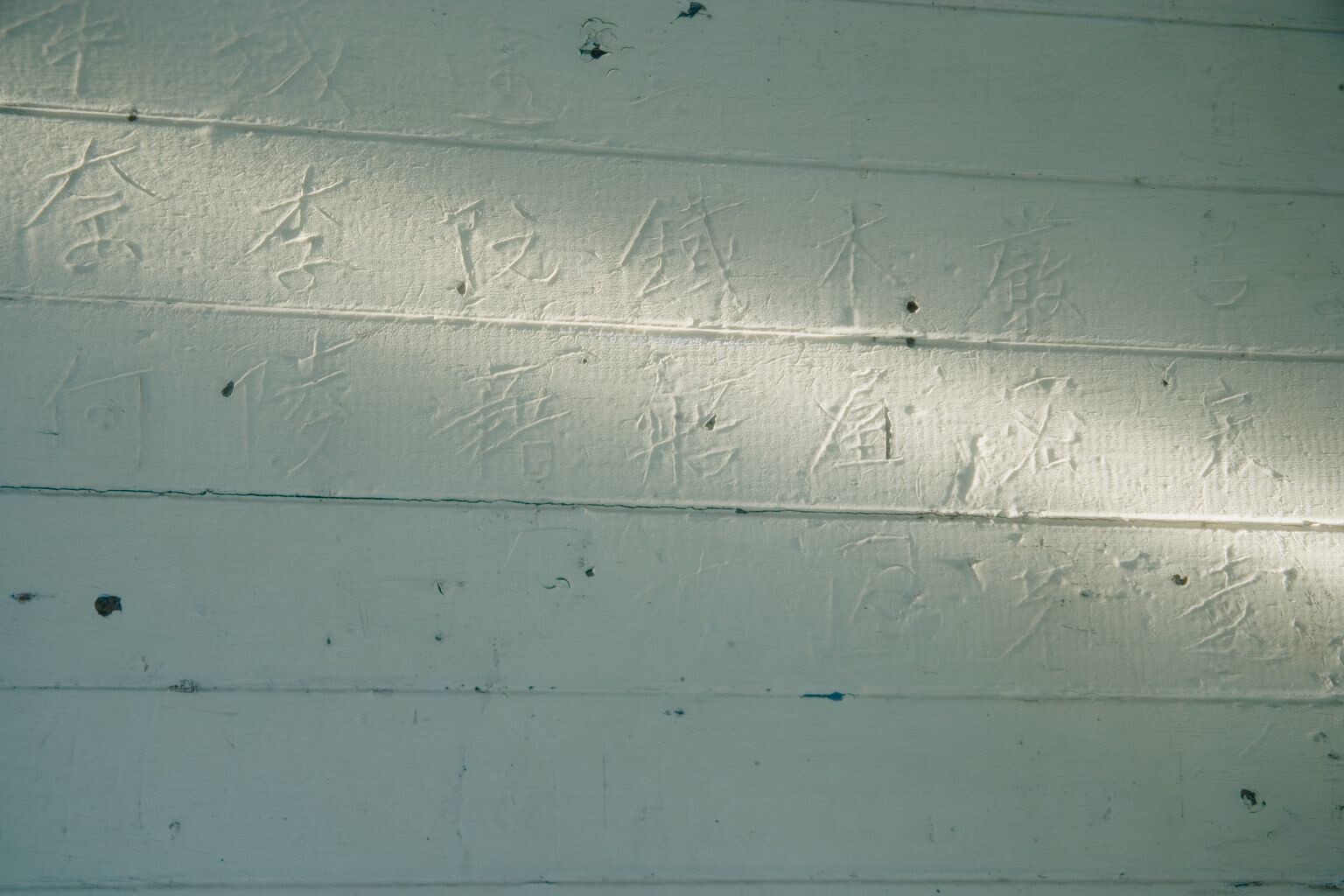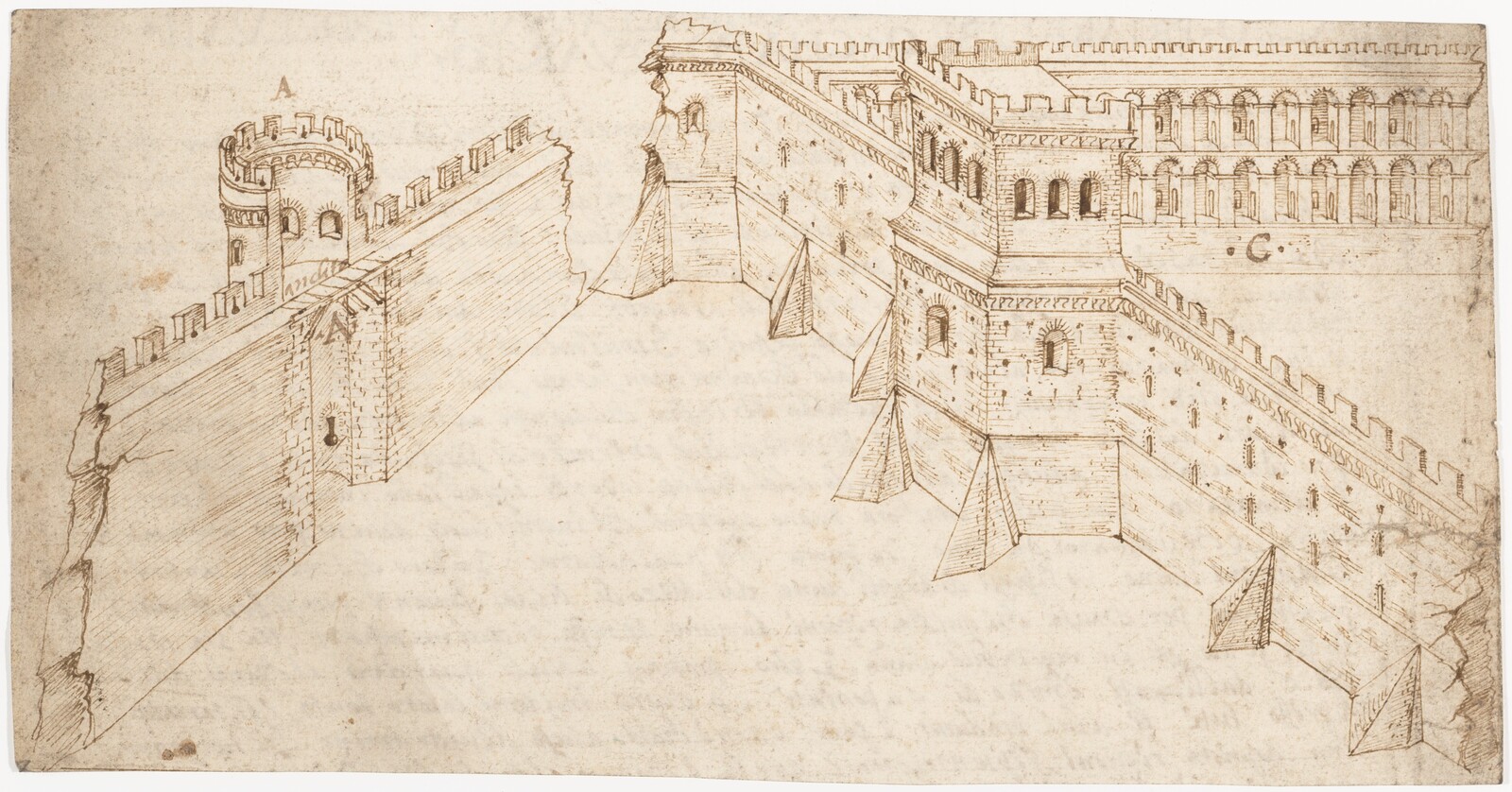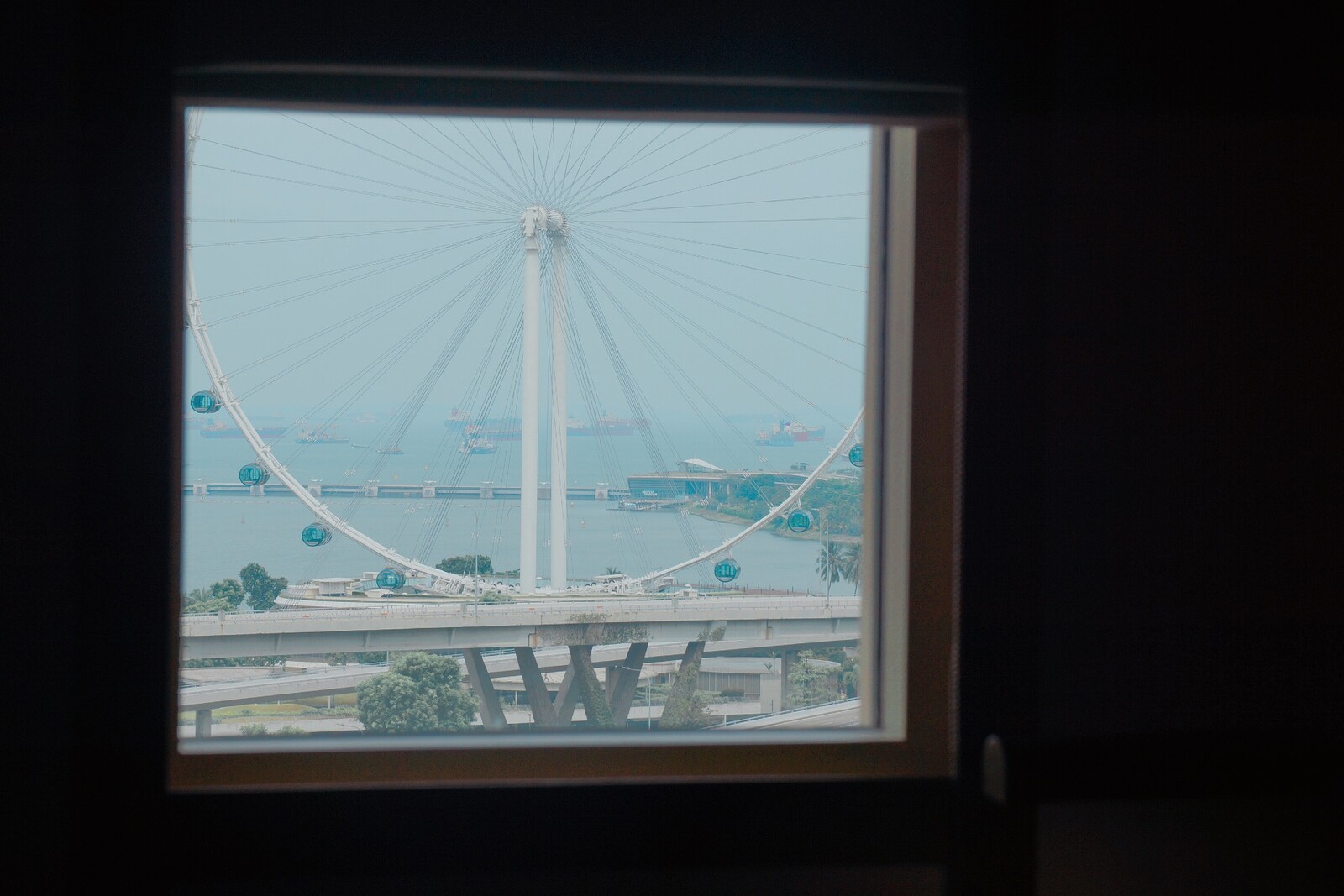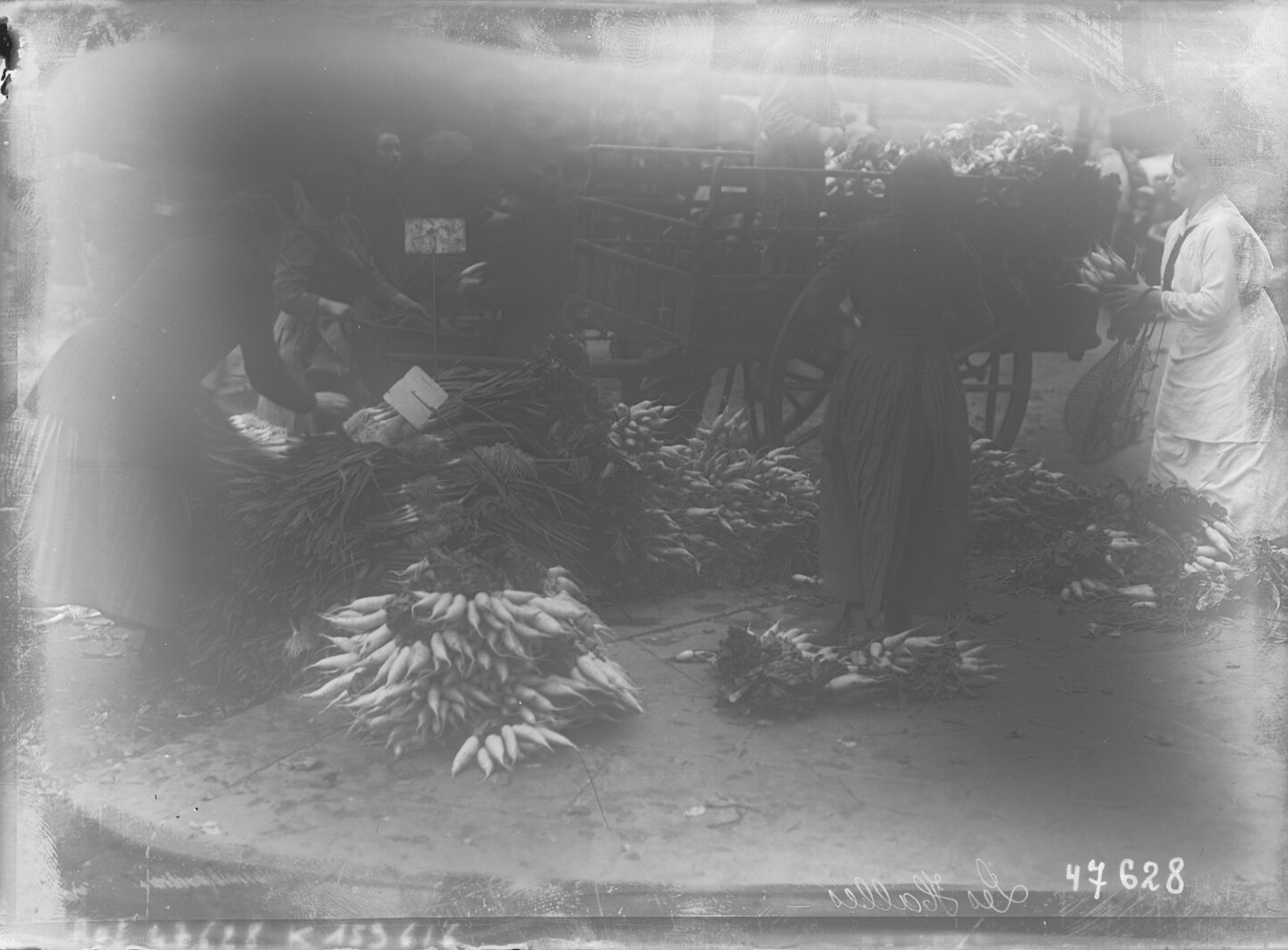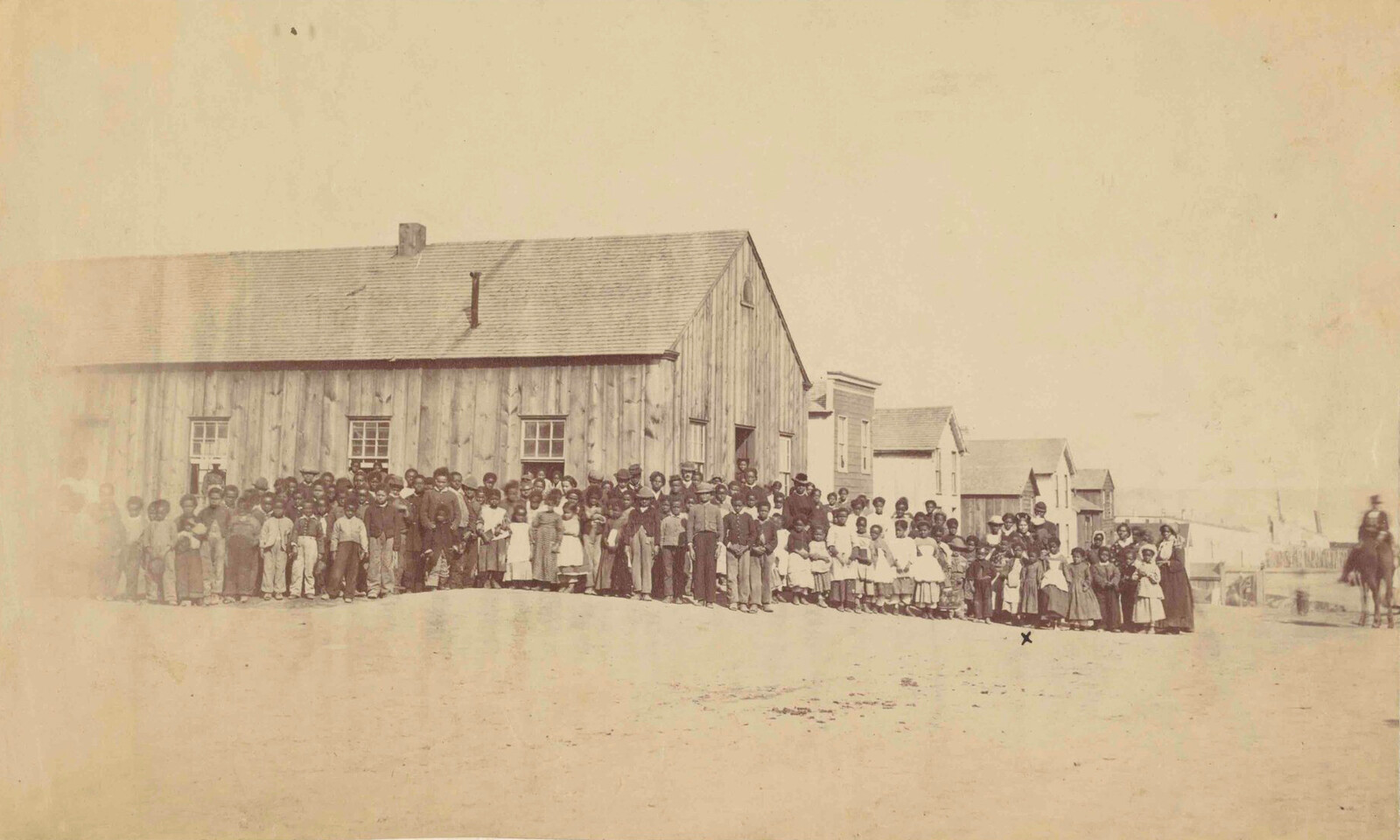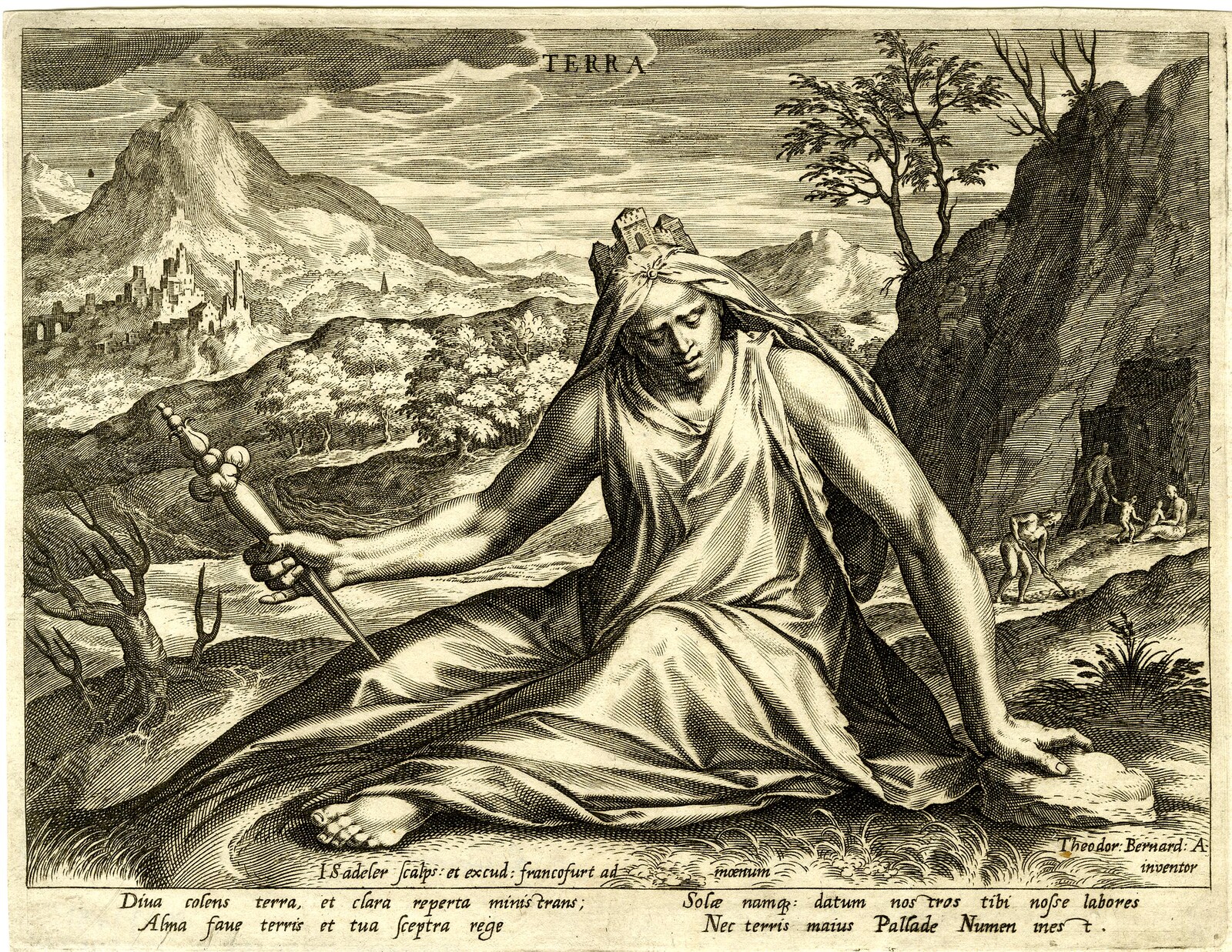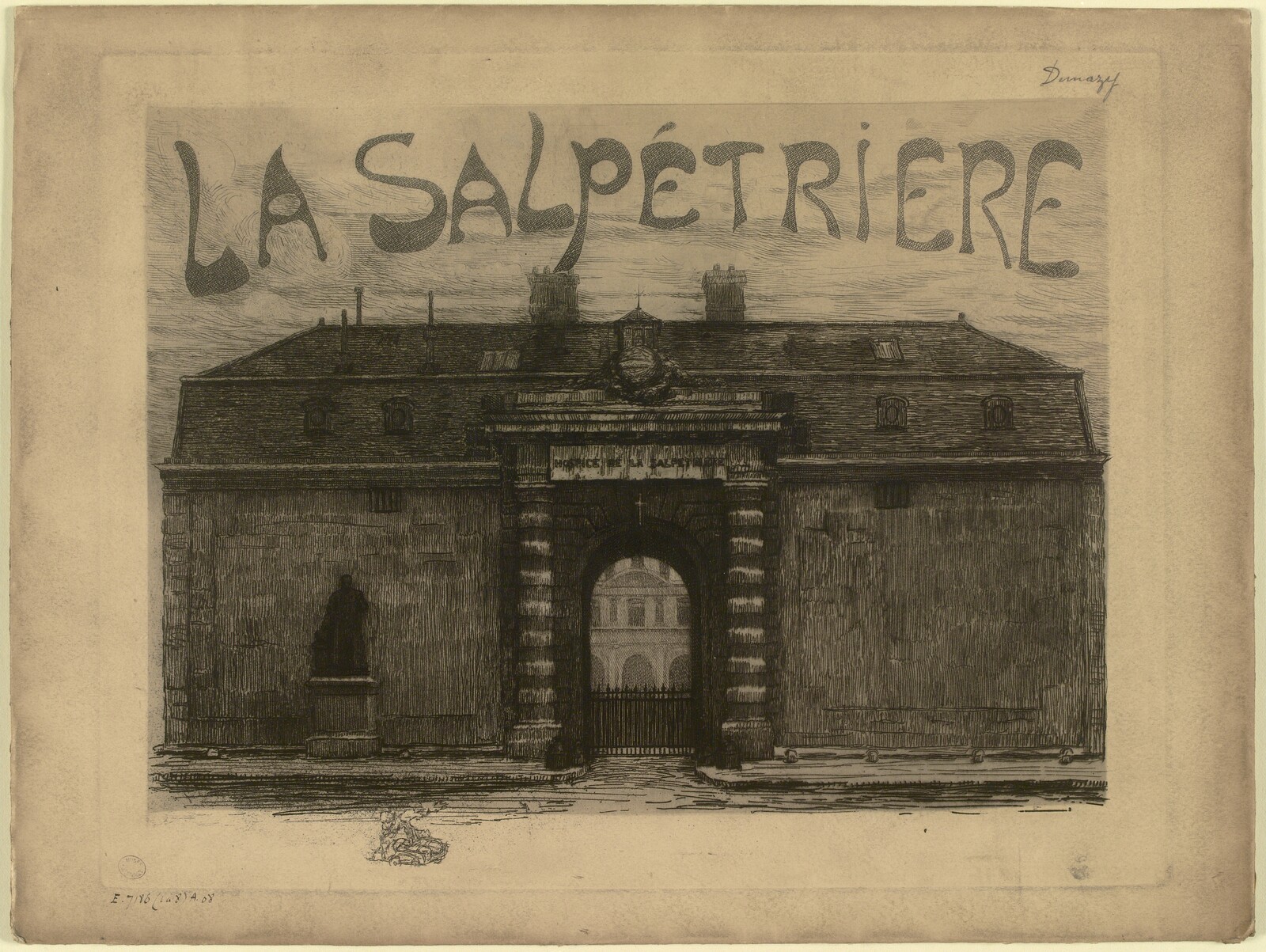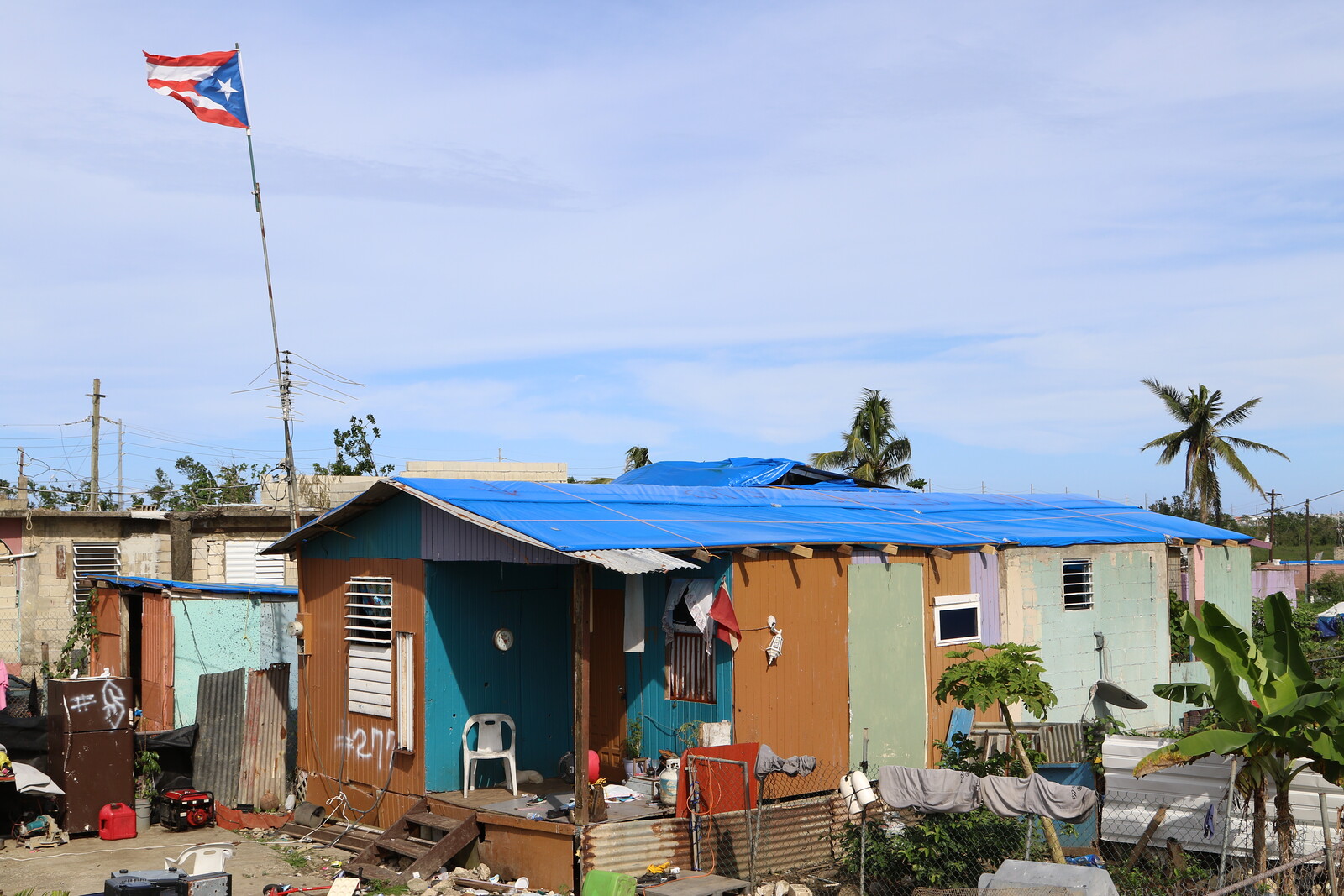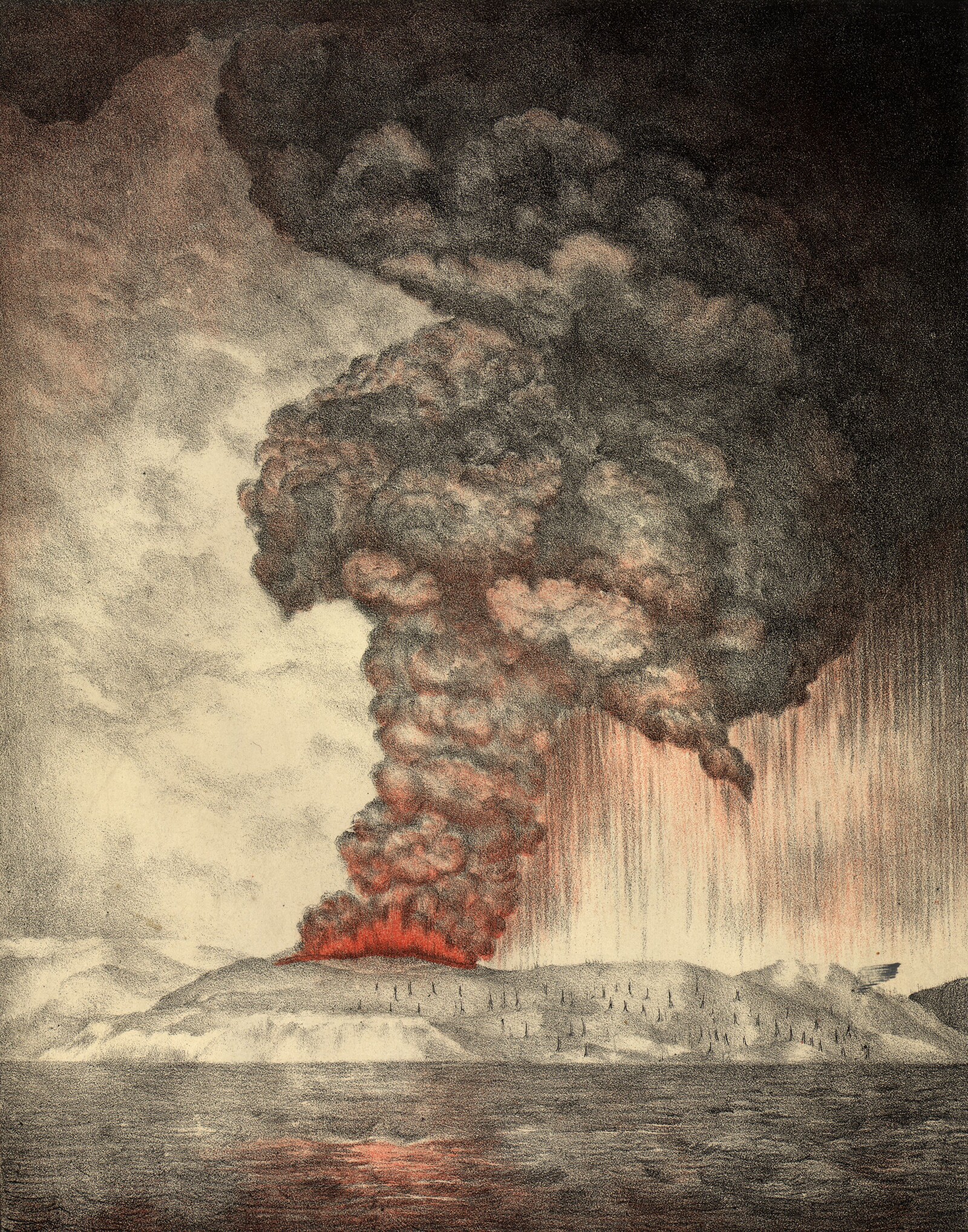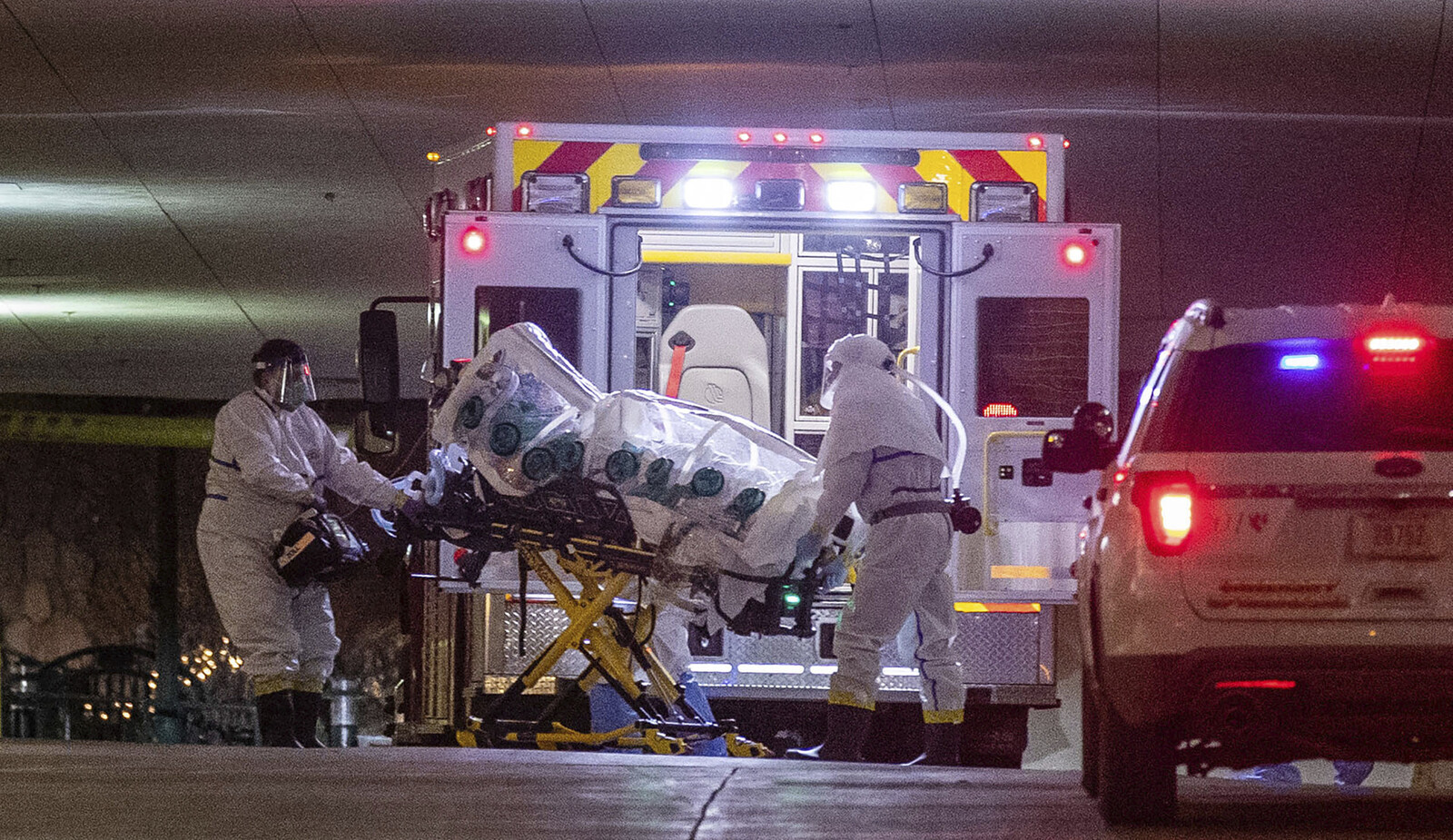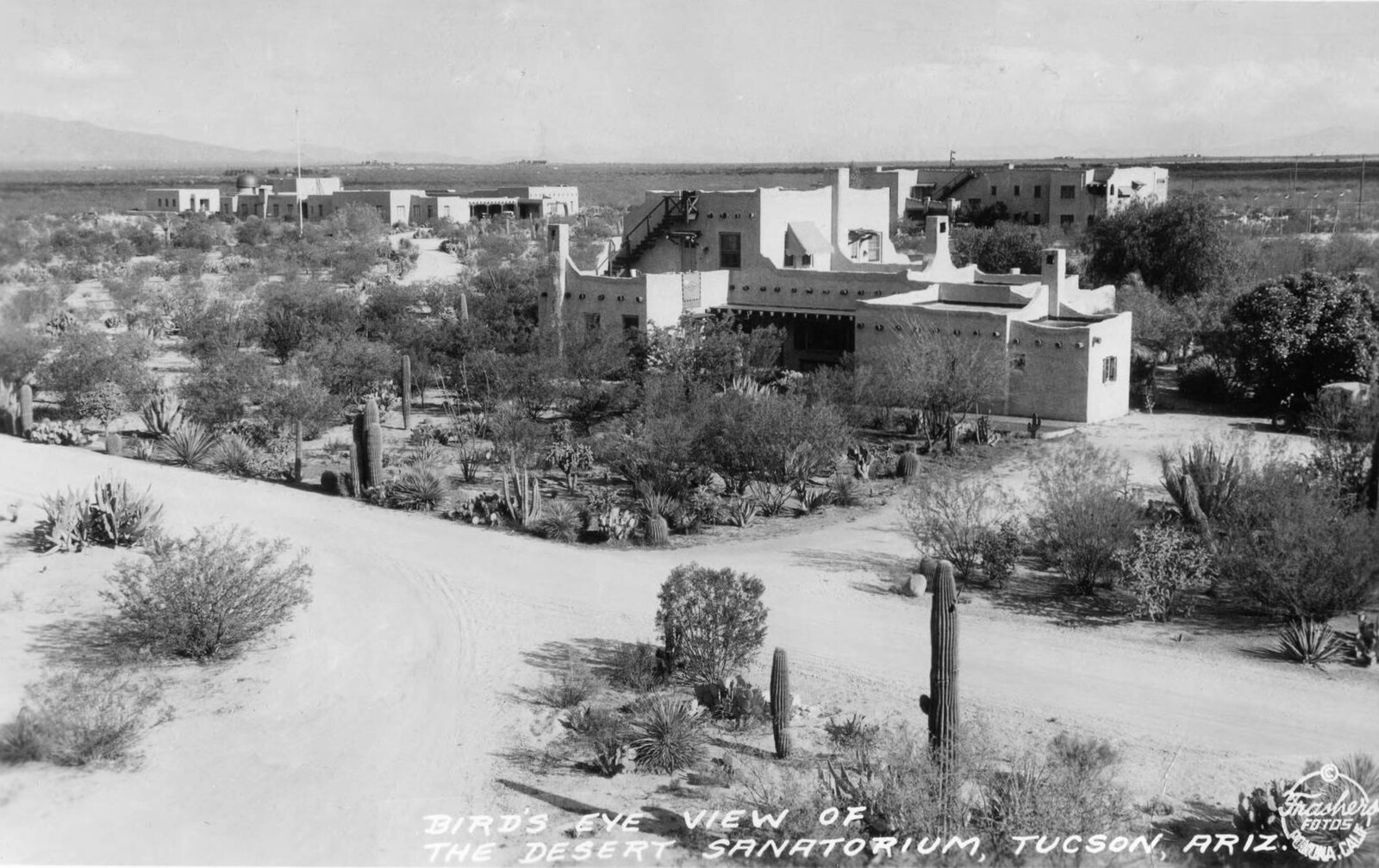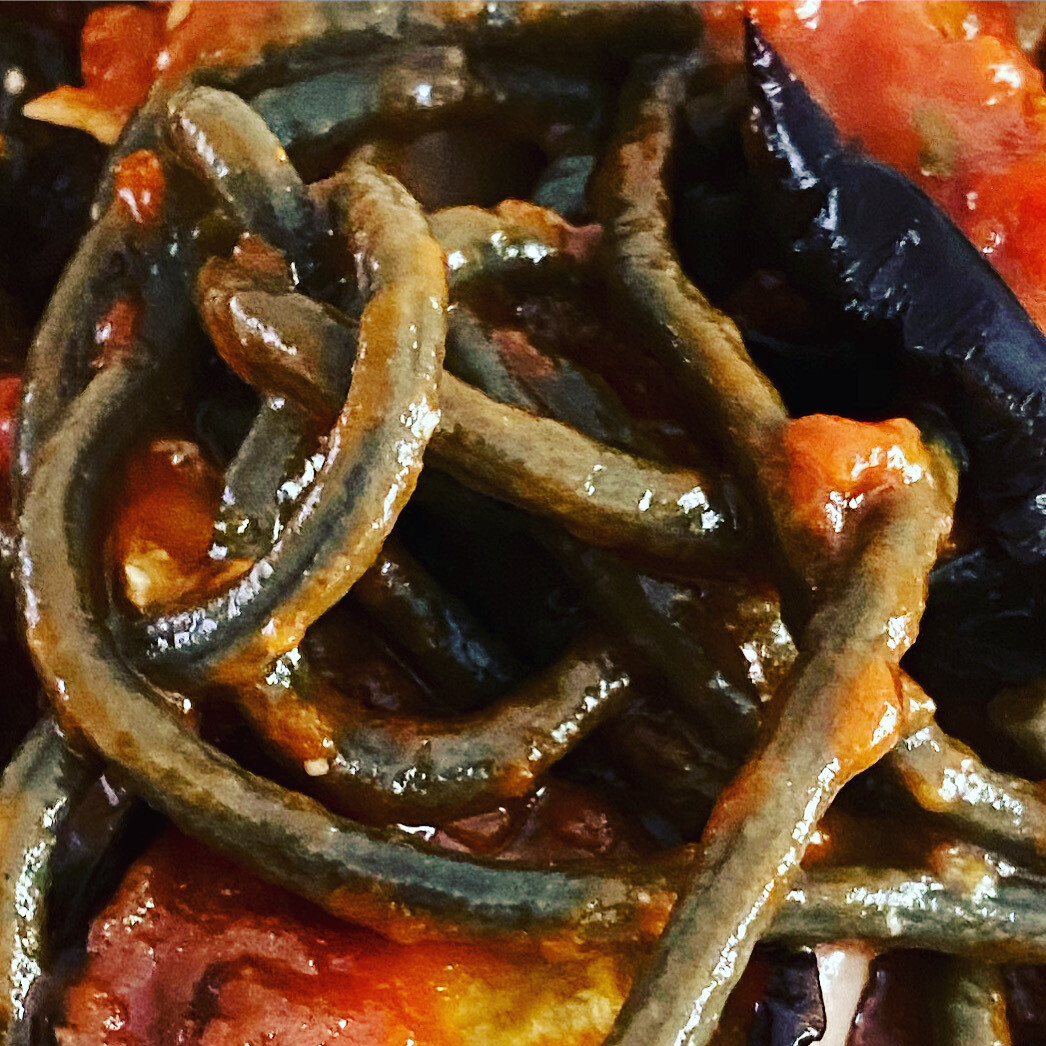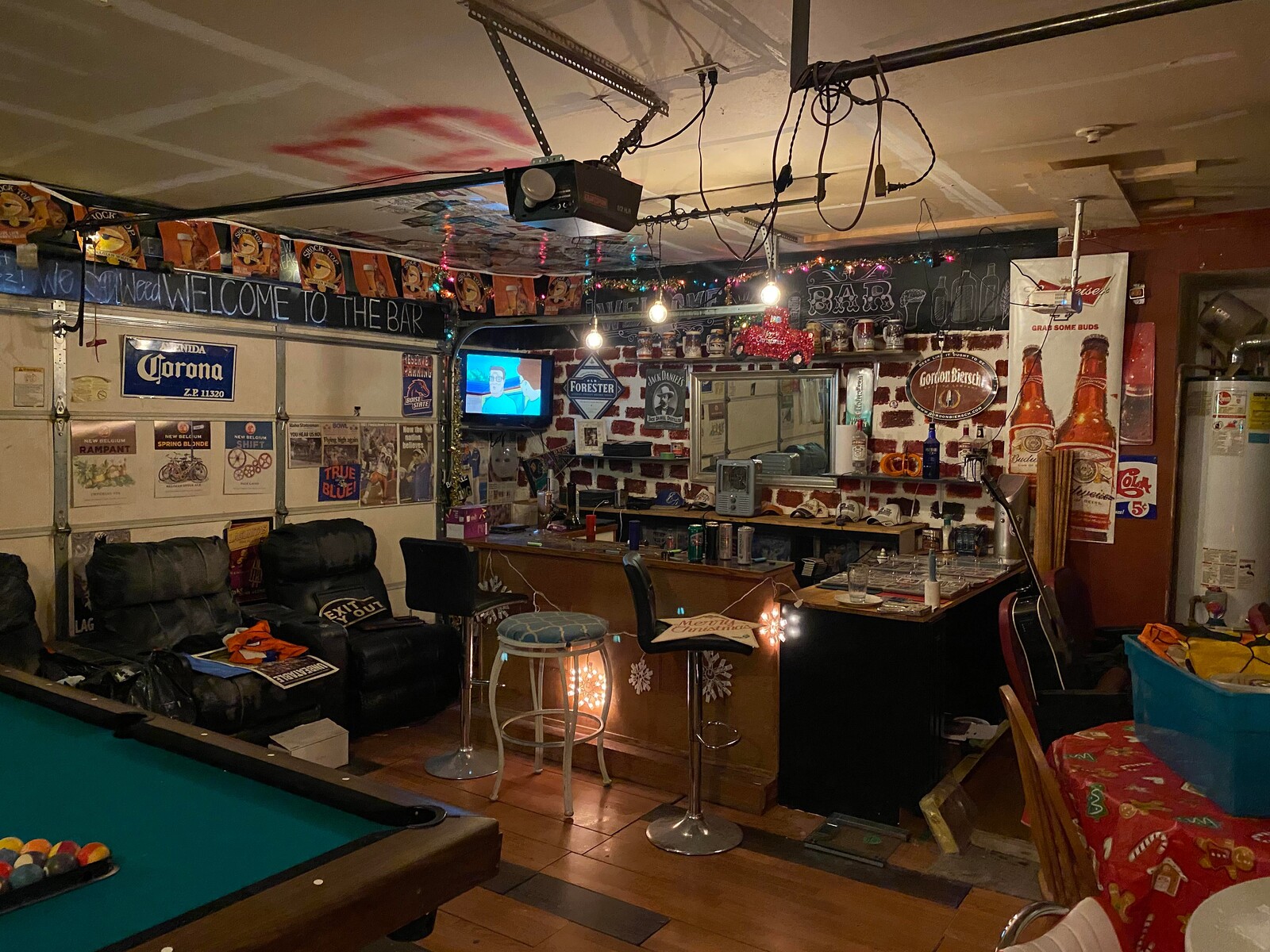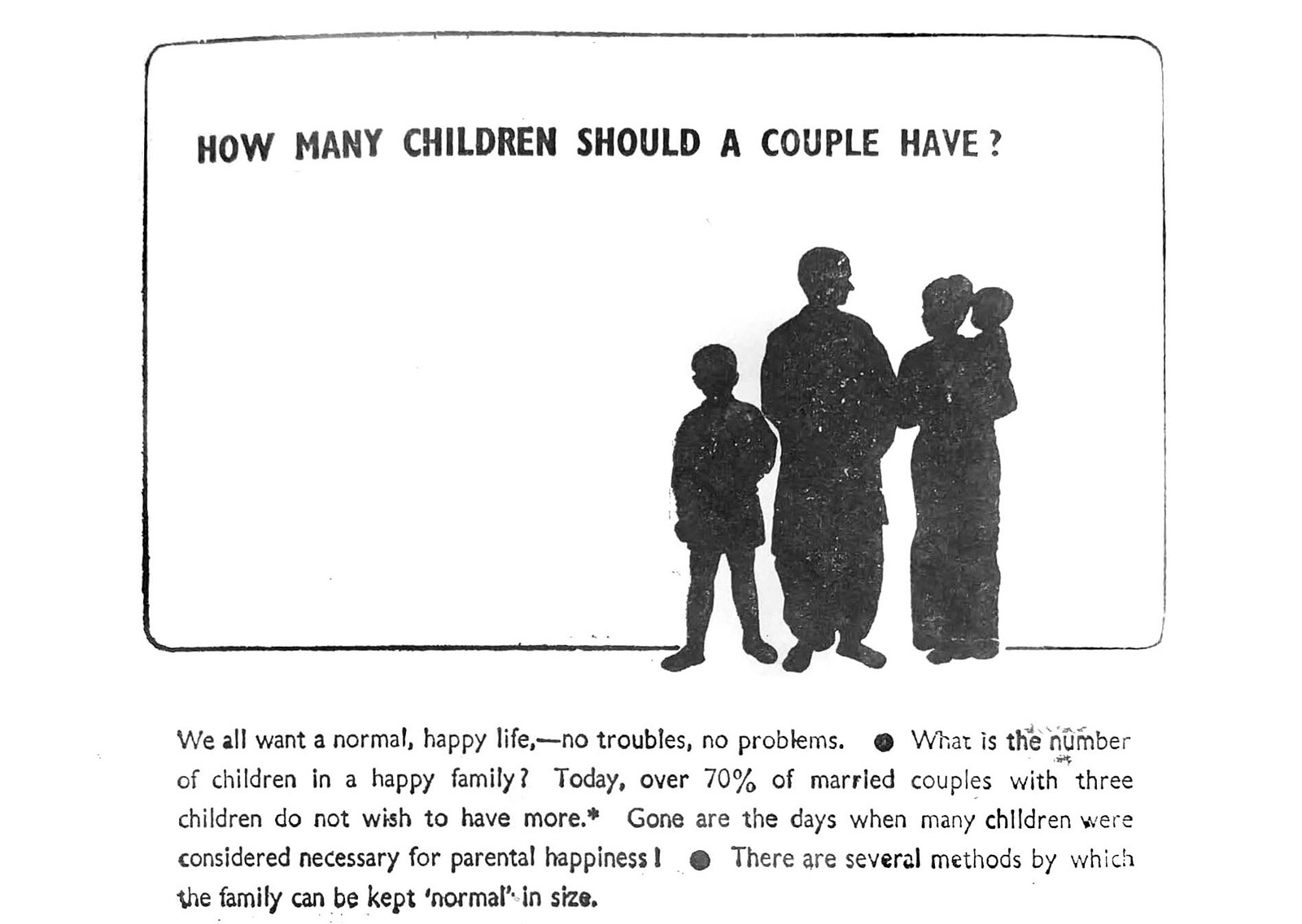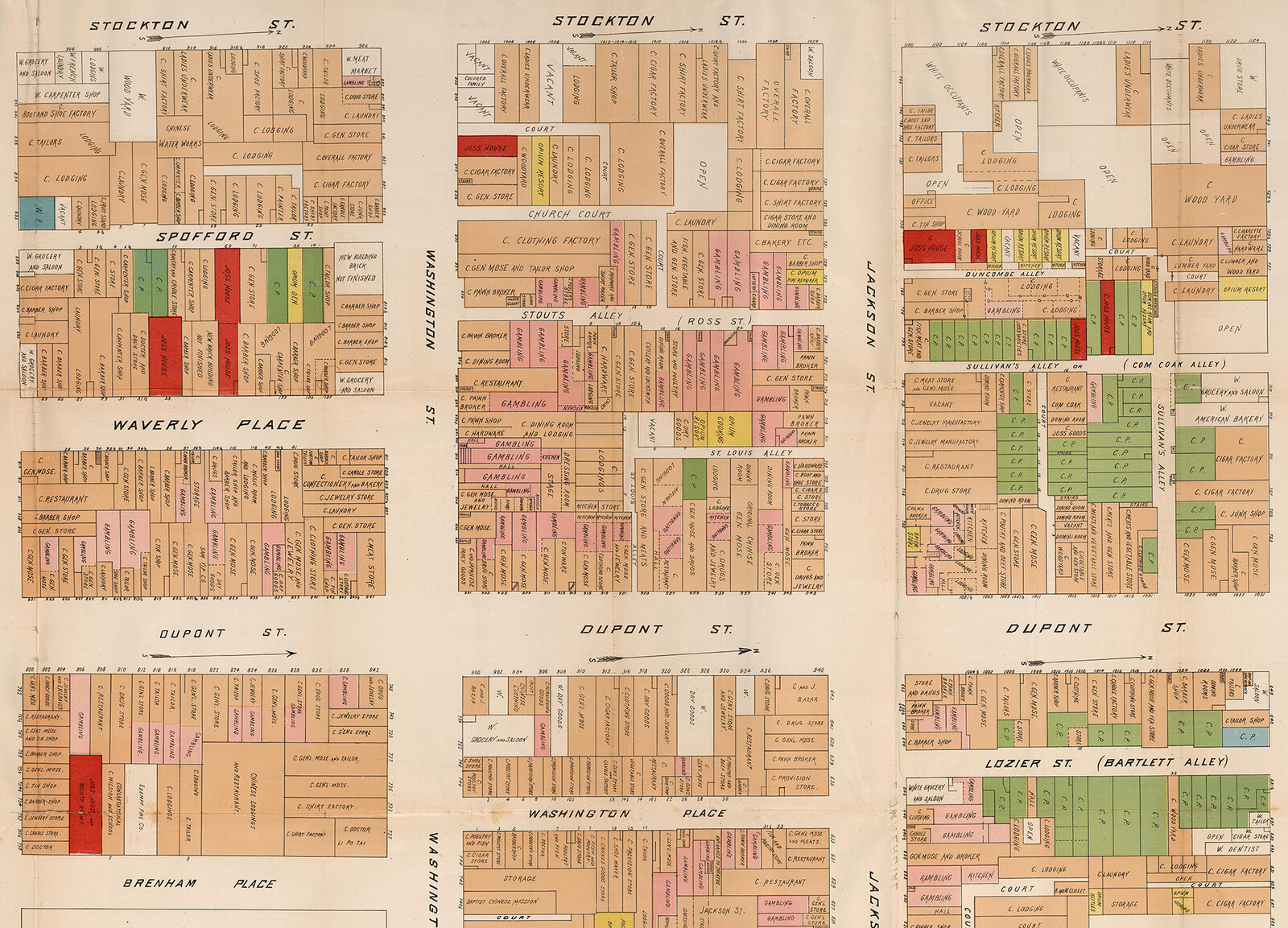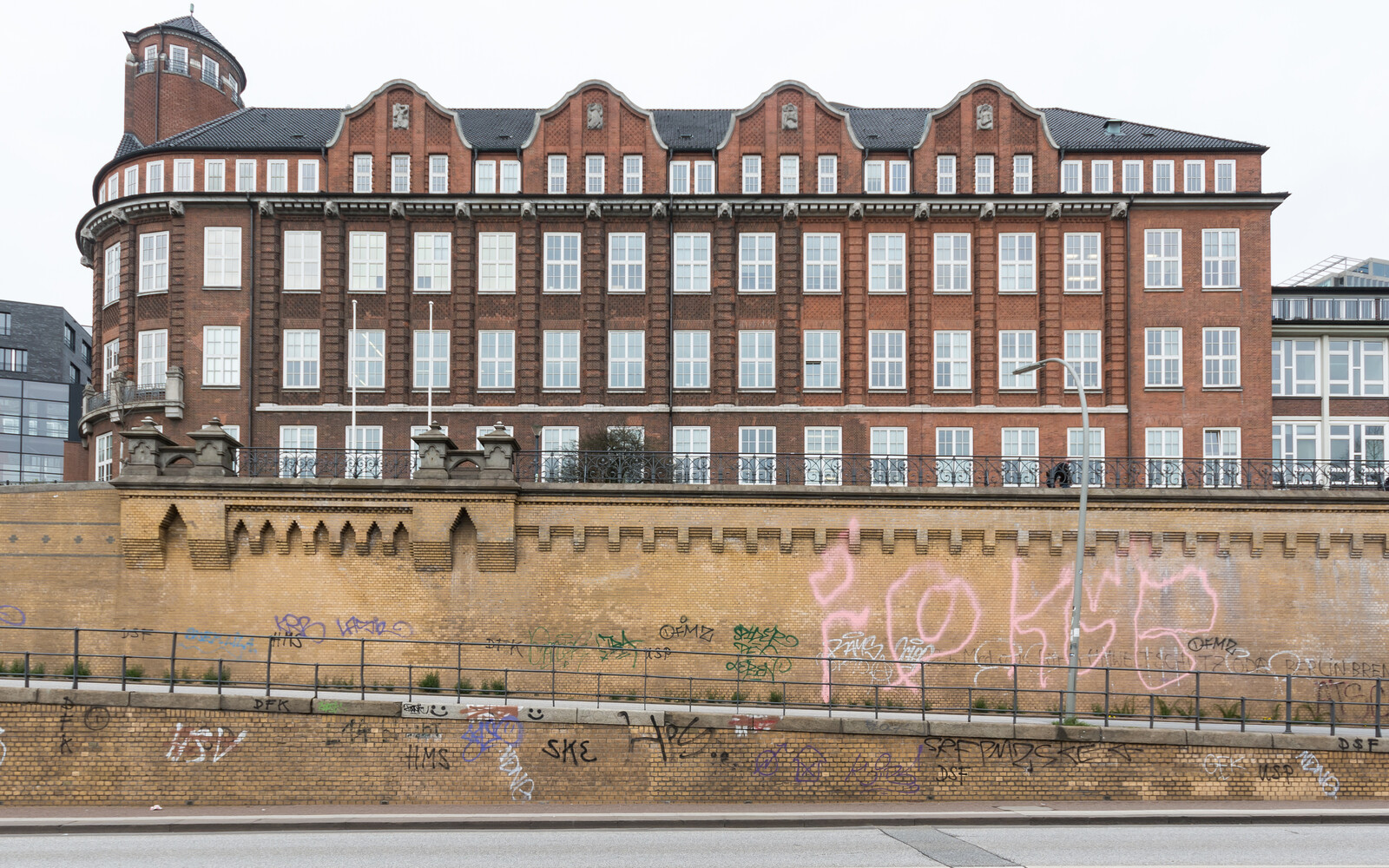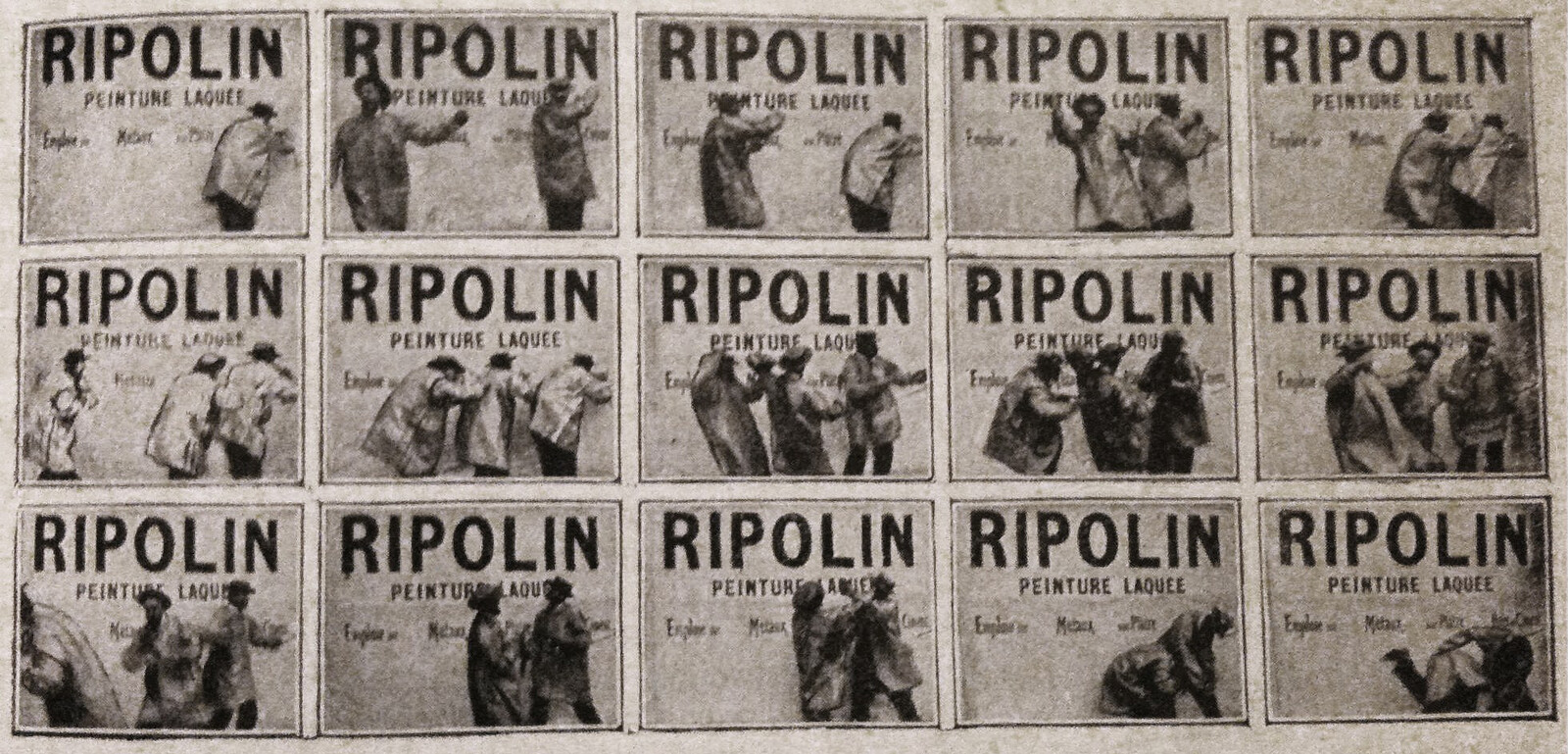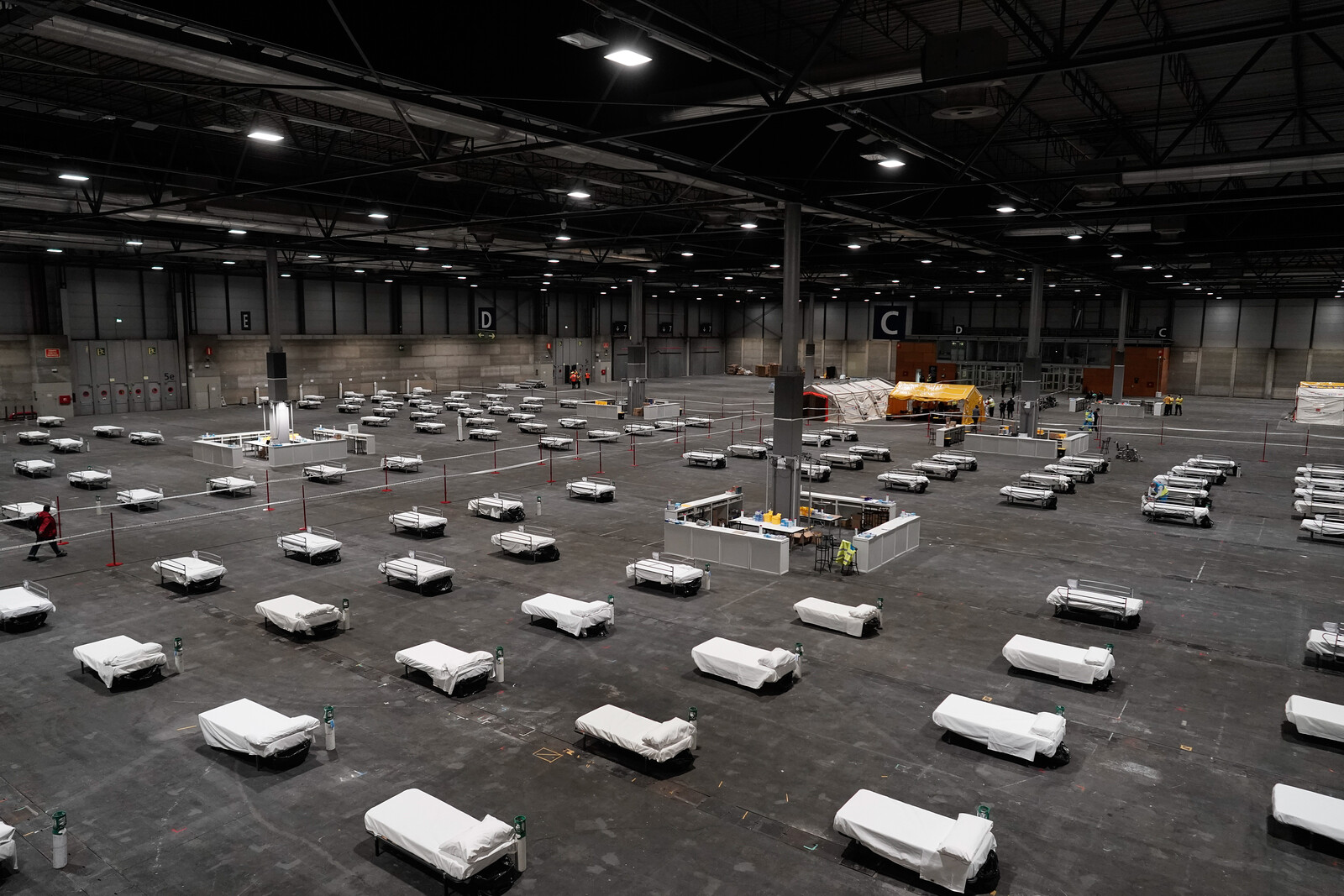At the inauguration of the First Brazilian Congress of Eugenics in July of 1929, the physician and anthropologist Edgar Roquette-Pinto addressed an audience preoccupied with the question of how a country as vast as Brazil could best increase and improve its population. To accomplish this, Roquette-Pinto exalted “eugenia” as the new science that, together with medicine and hygiene, would guarantee the efficiency and perfection of the race.1 With the following words, the Brazilian scientist underscored a positivist agenda that brought architecture to the very core of the eugenics—the so-called science of race “improvement”—movement: “It is critical to emphasize that the influence [on our race] does not stem from the natural environment but rather from the artificial environment, created by man.”2 With these opening remarks to the Congress, Roquette-Pinto called attention to the crucial role that the man-made environment plays in the “amelioration” of what he called “the biological patrimony” of Brazil’s diverse population.3 In his invitation to social engineering, Roquette Pinto pointed to the environmental-genetic collusion that they hoped would bring with it the very possibility of progress.
This story begins at a critical global moment in which medical scientific discourses, first articulated in France, crossed the ocean and became intertwined with discourses of architecture, landscape, urban planning, and aesthetics in early twentieth century Brazil. At the epicenter of this ideological encounter were two influential global movements, hygienics and eugenics, which became the dual vehicles for bringing architecture into active dialogue with social engineering. Conceived as a comprehensive program of reform for reconstituting and reorganizing human life, hygienics prescribed the control of human behavior, the abatement of harmful bacteria and diseases, the supply of clean water and air, and the provision of open space. And eugenics, the social and biological movement that strove for nothing less than the improvement of the human race, instrumentalized heredity and the environment.4 The form of eugenics adopted in France, and then in Brazil, was based on French naturalist Jean Baptiste Lamarck’s theory of the “inheritance of acquired characteristics,” wherein evolution was driven by adaptation to environmental changes, in contrast to Mendelian eugenics, which viewed evolution as impervious to the environment and driven solely by genetics.5 In fact, French ideas and practices of eugenics took root well before Francis Galton coined the very term “eugenics” (from the Greek εὐγενής, meaning “well-born”) in 1883 to define the modern “science” that “deals with all influences that improve the inborn qualities of a race; also with those that develop them to the utmost advantage.”6 Fueled by increasingly urgent fears of degeneration, French physicians visualized medicine as the very apparatus capable of regulating reproduction and disciplining society.
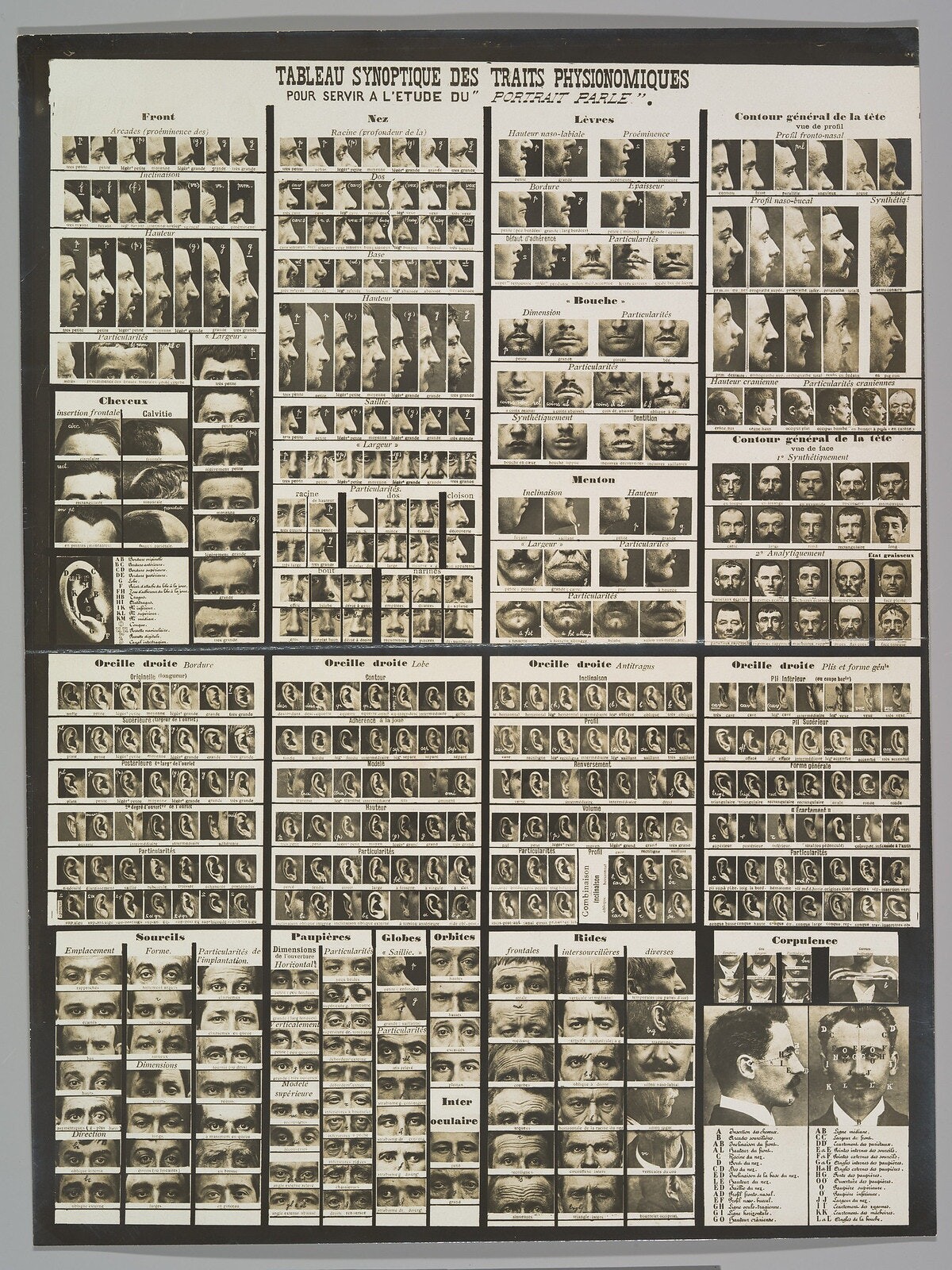

Alphonse Bertillon, Tableau synoptique des traits physionomiques: pour servir à l’étude du “portrait parlé,” ca. 1909. Source: The Metropolitan Museum of Art, New York, Twentieth-Century Photography Fund, 2009.
In modern Brazil, a region so culturally and scientifically influenced by France, and where medicine and the built environment were targeted as primary mechanisms of un-underdeveloping the population, it is no surprise that Lamarckian eugenics acted as a pervasive agent of modernity. The medicalization of bodies and spaces led to a normative program in which determinism—of race, gender, and the environment—contributed to the implementation of a system of exclusion that was legitimized by science and materialized by architecture. The simultaneous construction of a white heterosexual society as the “normal” and desirable one, and of a healthy and modern environment that would contribute to this normalization, consolidated the clinical agenda of architectural modernism.7 Although this strategy was central to modernism at large, a specific transatlantic and interdisciplinary network of global actors, scientific theories, and spatial practices placed architecture at the center of the eugenics’ agenda of white supremacy.8
Practicing Utopia
Influenced by the power of medical science and architecture’s instrumentalization of nature—everything from the sun to the wind and the trees—in the reimagining of society, hygienic and eugenic practices became complicit in the process of constructing modern nations in the new world. In Brazil, the nation was seen as a sick organism, and reformers—including social scientists, architects, and urban planners—were tantamount to physicians with the responsibility of diagnosis and treatment. In the center of Rio de Janeiro, this mission brought together a diverse cast of characters: from the physicians and architects of the Parisian Musée Social, the early French think-tank that sought to undertake France’s pressing “social question,” to the physicians and architects of Rio de Janeiro who formulated the theories, practices, and ethos of Brazilian modernism, to Le Corbusier, who began consolidating a eugenicist ideology precisely during the months he spent in Brazil in the mid-1930s.9
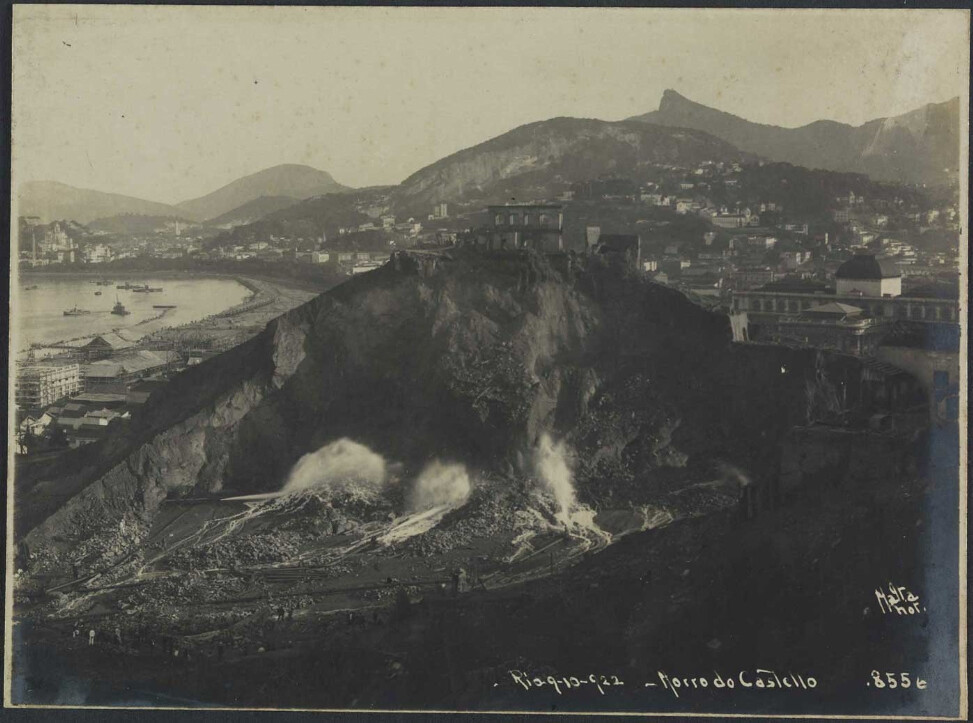

Augusto Malta, Demolition Morro do Castelo, Rio de Janeiro, RJ, October 9, 1922. Source: Biblioteca Nacional Digital Brasil, Fundação Biblioteca Nacional.
In the early 1920s, even before the First Brazilian Congress of Eugenics took place, a dramatic event occurred in Rio. The battle against bubonic plague, yellow fever, and other tropical diseases had led to a sanitary and urban reform that reached its climax with the demolition of an entire populated mountain, the Morro do Castelo, in the center of the Brazilian capital.10 This mountain was no ordinary mountain; it was the original site where the colonial city, with its historical buildings and underground infrastructure, had been established in 1567. But the idea of eliminating the mountain was not new. As far back as 1798, a medical report had argued for the mountain’s demolition, since according to the author it acted as an enormous barrier that blocked the circulation of air from the sea and consequently facilitated the proliferation of diseases.11 But it was not until the 1920s, when aesthetic and moral imperatives were added to sanitary ones, that the mountain came to be seen as the very negation of modernity itself; a reservoir of vice and disease with a motley “marginal” population, including poor Blacks and formerly enslaved people who, according to the elites, invaded the center of the city “with their embarrassing practices of superstition and misery.”12 At that time, medicine became the principal tool used by elites to study and then reconfigure their national populations. It was only when hygiene—until then understood as personal or environmental—became social hygiene—an economic science concerned with the outputs of human capital (production and reproduction)—that the demolition of the Morro do Castelo became possible. The demolition represented the first and most radical action in the construction of a new national image, free of backward associations and racial exoticism.
The extensive territory that resulted from this demolition was immediately occupied by the 1922 International Exhibition. Commemorating the one hundredth anniversary of Brazil’s independence, the exhibition was conceived as a self-portrait of a modern nation—a nation that undertook a self-remaking process, not only of its milieu but also of its population. Promoting itself as a tabula rasa, the exhibition represented a literal “triumph” over the territory—a territory now cleansed of its history and unwanted inhabitants. It’s more than 500-page catalog is striking in its complete elimination of all traces of the African and indigenous components of Brazilian culture.13 With the exception of one article briefly mentioning the abolition of slavery, the catalog presents Brazil as a white country. Its images demonstrate a new alliance between beauty, health, tropicality, and modernization that Brazilian elites adopted to represent themselves and their new nation. In most publicity materials, white men, women, and children of classic Greco-Roman appearance wearing red or white robes and crowns were arranged against European-looking hills and gardens to frame the architecture and machinery of modern factories.
Just as human beings were portrayed as icons of the ideal, so too were natural monuments released from their tropical fatality, politicized as new icons of collective identity and moralized as elements of transformation. In several advertisements, the catalog exalted the natural monuments of Rio de Janeiro, particularly those human-made or human-dominated. An advertisement for a medication, for instance, portrays the Pão de Açúcar as one of the Seven Wonders of the World.14 The catalog also celebrates Corcovado, the extraordinary mountain at the center of the Tijuca Forest and the world’s largest human-made urban rainforest which, only a few years later, would be crowned with a monumental forty-meter-tall statue of Christ the Redeemer.15 Razing the Morro do Castelo while transforming two other mountains within the city into sites of pure aesthetic pleasure, tropical nature—now monumentalized—is portrayed precisely as a site of interplay between the body, labor, and technology.
The exhibition not only represented a triumph over nature, but a triumph over degeneration. In fact, the First Brazilian Congress for the Protection of Infants, an essential part of the exhibition, was an agent of Brazil’s transformation of puericulture, the French faith-based science, into a neo-Lamarckian form of eugenics.16 Revealing the influence of French medicine on Brazilian medical circles, debates in the Congress focused on the importance of puericulture—the term that Adolphe Pinard, the French physician and member of the Parisian Musée Social revitalized as an human analogue for agriculture for the scientific cultivation of the mother-child unit.17 Echoing Pinard, Brazilian physicians were convinced that “a child was the result of two forces in equilibrium: heredity and milieu,” and that consequently puericulture was “one of the most accessible ways of conserving and perfecting the human species” while also whitening the population.18
Just as the exhibition catalog was overrun by Hellenic-looking people, the demolished mountain’s footprint was suddenly overrun by neo-colonial pavilions. Shortly after the exhibition, in 1922, and lasting until 1938, neo-colonial architecture was declared by the government to be the national style, mandatory for every building that would represent Brazil abroad. This need to present modern Brazil as a homogeneous white society needs to be seen alongside the omission of race as a demographic factor in every national census from 1890 to 1940, which was not the result of a need to promote a race-neutral society, but an explicit expression of the fantasy of a much-desired white Brazil.19
The adoption of neo-colonial architecture was followed a few years later, in 1926, by an invitation to French Beaux-Art architect and member of the Musée Social Donat-Alfred Agache to formulate an urban plan for the Morro de Castelo esplanade in this visual language that Brazilian elites had come to identify as their own. Neo-colonial and Beaux Art styles were interchangeable as representations of the visual ideology of the country, and Agache’s invitation suggests a telling complicity between science and aesthetics in the practices of physicians and architects. Agache’s proponents in Brazil were largely physicians who supported the neo-Lamarkian ideas proclaimed at the Musée Social, where both Pinard and Agache were active members.20 Although Brazilian elites were not a homogeneous group, they seemed to agree on the image they wanted for their cities. Even Mario de Andrade, one of the main protagonists of the Semana de Arte Moderna in São Paulo, who celebrated Brazilian identity as a mixture of the European, indigenous, and African, as well as Lucio Costa, the architect of Brasilia, the modern capital ex-nihilo of Brazil, were both open supporters of Jose Mariano Filho, the Brazilian physician who became the most vehement promoter of neo-colonial architecture and the main advocate for the appointment of Agache.
In 1928, in a series of articles published in Diário Nacional, Andrade celebrated the role of architects working for the “normalization” of the neo-colonial as a Brazilian national style. In many ways, these “modern” attitudes sought to homogenize the city and its population by eradicating undesirable inhabitants and proclaiming the esplanade to be a political and economic altar to power, infused with white European forms. It was not a coincidence that all this—the demolition of the mountain, the elimination of Rio de Janeiro’s original urban nucleus, the displacement of its poor residents, and the construction of the exhibition pavilions—was executed almost simultaneously with new policies and mandates such as the “white only” decree of 1921, which prohibited the immigration of Blacks to Brazil.
Why did the organizers of this exhibition select the neo-colonial style to represent their new modern country in the centennial anniversary of its independence? In other words, what do these two images—white people and neo-colonial architecture—have to do with one another? No one illustrates this connection between race and architecture better than Lucio Costa—who, in 1928, made this racist link in a newspaper article:
I am pessimistic about … architecture and urbanism in general. All architecture is a question of race. When our nation is that exotic thing that we see on the streets, our architecture will inevitably be an exotic thing. It is not those half dozen who travel and dress on Rue de la Paix, but that anonymous crowd that takes trains from Central [Station] and Leopoldina, people with sickly faces who shame us everywhere. What can we expect from people like this? Everything is a function of race. If the breed is good, and the government is good, the architecture will be good. Talk, discuss, gesticulate: our basic problem is selective immigration; the rest is secondary—it will change on its own.21
Thus, the neo-colonial style, which was in a sense anti-modernist, pro-Iberian, and “white” was appropriated as the emblem of progress and modernity—suggesting a clear link between colonialism and modernism. Costa intended for his eugenic syllogism of breed-begetting-good-government-begetting-good-architecture to also work in reverse.
Built Biology
When Le Corbusier traveled for the second time to Brazil in 1936, his discourses were centered on nature, death, and the racial and sexual “other.” The fear of degeneration that had haunted French society for decades, and a sense of impending death inhabited modernity.22 For him, no other place represented this decay better than Rio de Janeiro, with its black population and exotic tropical landscape. From the early 1930s, as an antidote to this irrevocable decay, Le Corbusier endorsed puericulture as a means of improving the quality of newborns and managing “defective” infants. As a Lamarckian of his time, he was convinced that the well-being of the child was linked to the mother’s health and lineage, as well as to environmental influences. Le Corbusier intertwined pronatalist outlooks—which emphasized the traditional reproductive role of women in the family—with the built environment in which reproduction, maternity, and child rearing occurred. In a 1931 article published in the neo-syndicalist journal Plans, he called for the establishment of special nurseries directly connected to every single dwelling, “run by qualified nurses and supervised by doctors: [to provide] security-selection-scientific child rearing—[in other words] puericulture.”23 A year later, he introduced the fourth section of an unpublished article with the conjoined term “eugenisme-puericulture.”24 His insistence on seeing eugenics and puericulture as inseparable continued for the next decade, ultimately claiming that “Eugenics [and] puericulture will ensure a well-bred race.”25 Within this context, Le Corbusier came to believe not only that there was an intimate connection between architecture, health, and the perfection of the human race, but that he had been chosen as the primary agent to materialize this coalescence.
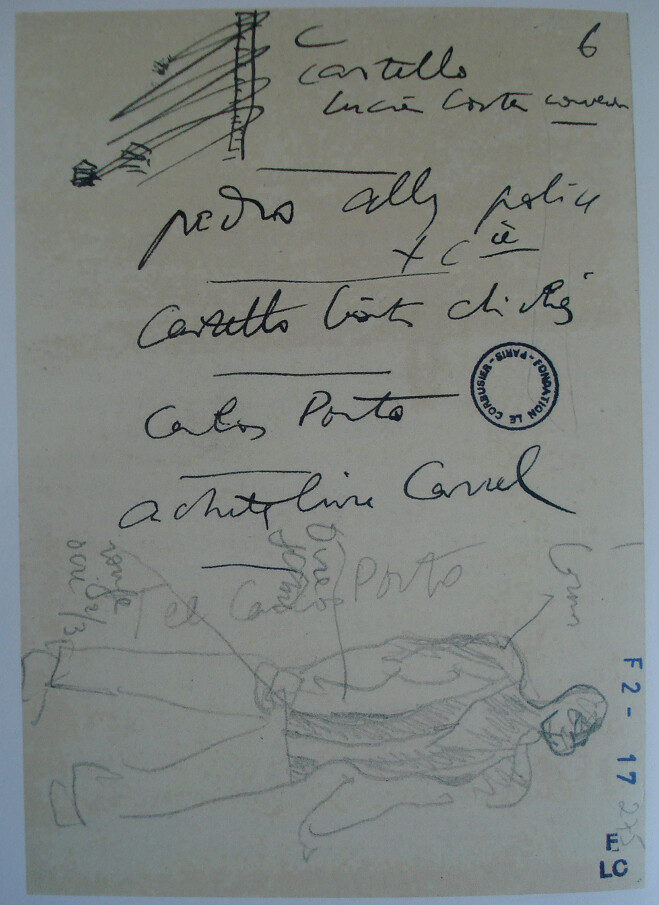

Le Corbusier, notes and sketch, n.d. Foundation Le Corbusier, Paris, FLC F2-17, No. 275 © F.L.C. / ADAGP, Paris / Artists Rights Society (ARS), New York 2022
In 1936, while preparing his series of talks in Rio de Janeiro, Le Corbusier made a sketch on a piece of cardboard that distilled and concretized one of the most basic and accepted rationales of modernity: change the environment, change the man.26 Written at the top is the word “Castello,” followed by the name “Lucio Costa,” the phrases “pedro aller police” and “Castello coûts clichés,” the name of architect “Carlos Porto,” and the phrase “Acheter livre Carrel.” The latter was a reminder for him to buy the new bestseller by the French Nobel prize-winning physician Alexis Carrel, Man The Unknown, an unmistakable call for the implementation of eugenics and manifesto for white supremacy.27 What made Le Corbusier think of Carrel while thinking of Rio de Janeiro? It is not a mere coincidence that Castelo, one of the most significant eugenic laboratories in Latin America, is the first word that appears on the cardboard. But Castelo was not only the name of the pulverized mountain from which thousands of “undesirable” inhabitants had been displaced, or the stage for the 1922 international exhibition with its neocolonial pavilions and its image of white Brazil, or the epicenter of the master urban plan that Agache had designed for Rio.28 Castello was also where Lucio Costa was designing the new building for the Ministry of Health and Education, the institution charged with developing and enforcing Brazil’s eugenic policies under Getulio Vargas’ new authoritarian regime, for which Le Corbusier had been invited to be a design consultant. This sketch links the dramatic transformation of the urban territory of Rio de Janeiro to Lucio Costa’s project and to Carrel’s vision for remaking society, along with the representation of a simple man, the ultimate object of transformation. For Le Corbusier, architecture was a tool for social engineering, an optimum medium for “the rebirth of the human body.”29
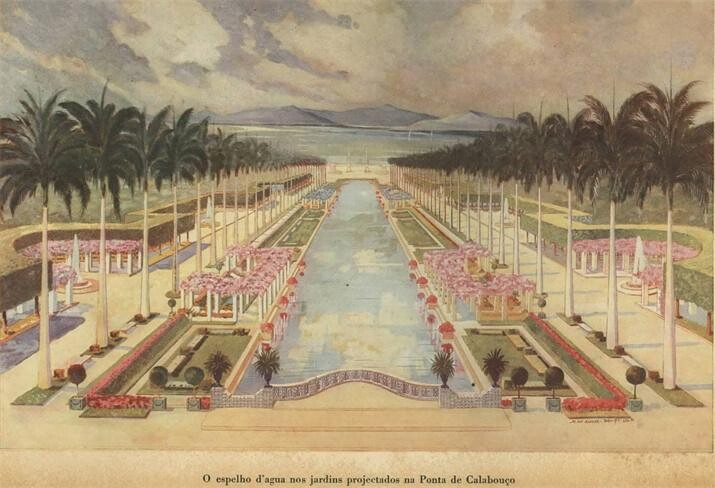

Donat-Alfred Agache, Ponta do Calabouço, published in Agache, A cidade do Rio de Janeiro, remodelação, extensão e embelezamento 1927-1930 (Paris: Foyer Brésilien, 1930).
The association between Carrel and the built environment would become the launch point for much of Le Corbusier’s thinking over the next several years. But it was in Rio during that summer of 1936 that Le Corbusier directly aligned himself with Carrel’s ideas. In his first talk, evoking Carrel’s book, Le Corbusier commented to his audience:
Plon, the editor who published my book [When the Cathedrals Were White] in North America, celebrates the success of his latest book: Man, The Unknown by Dr. Carrel. Write, he told me, a book that will be an echo of that one; I will do it with pleasure: the man and his shell, in other words, the habitus in which a man is obliged to pass a great portion of his life…30
This appears to be the very first time Le Corbusier made public reference to Carrel and his work. But the cardboard note, where he linked Carrel to Rio de Janeiro with the sketch of a man, was the spark for new theories that would become a viable doctrine for remaking man via nature, through which the built environment would be put to work.
Le Corbusier’s book La Maison des hommes (The House of Men), co-authored with François de Pierrefeu and published by Plon during the Vichy regime, is this echo of Carrel’s project for the remaking of society. The book begins with a stated connection between race and architecture: “It is over twenty years since, from every rostrum in France, the most authoritative voices raised the cry: ‘We must build new houses, the future of our race depends on how it is housed.’” The book continues, claiming the redeeming power of the built domain “to create the necessary transformation of home life, or to infuse into it order, fecundity.”31 In the tone of a manifesto, the book emphasizes how remaking life is completely dependent on how humans are housed, whether in domestic dwellings, the workplace, the city at large, the countryside, or the metropole.
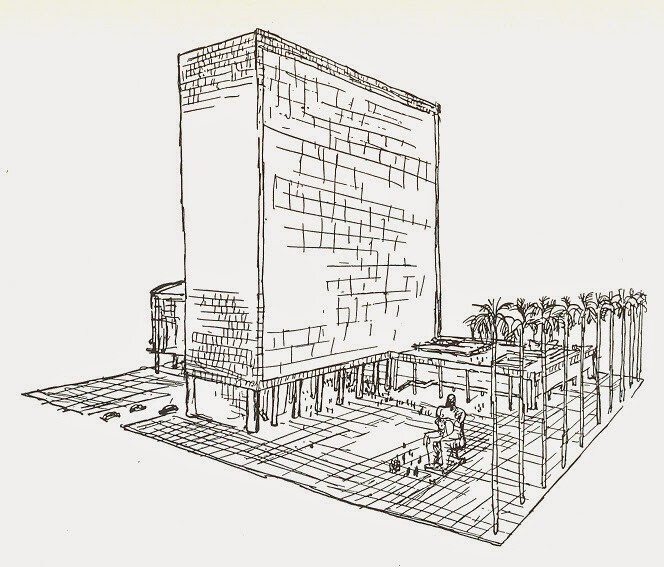

Le Corbusier, adaptation of Lucio Costa’s sketch for the ministry of Health and Eductaion in Rio de Janeiro, published in Le Corbusier, Oeuvre complète 1934-1938 (Zurich: Editions Girsberger 1953) Foundation Le Corbusier, Paris. © F.L.C. / ADAGP, Paris / Artists Rights Society (ARS), New York 2022.
Remaking Man
In his Oeuvre complète 1934-1938, Le Corbusier included a sketch of the Brazilian Ministry of Health and Education building.32 This new ministry, which later became the symbol of Brazilian modernism, shows an open courtyard surrounded by pilotis and orderly tropical palms. At its center is a colossal sculpture of a seated man with a strong, well-defined body and a tiny head.33 Gustavo Capanema, the first Minister of Health and Education, had commissioned both the building, which he called the Ministry of Man and was destined to “prepare, compose, and perfect the Brazilian man,” and the sculpture, which he wanted to embody the ideal “Brazilian man” that the state itself was directed to produce.34 Personally invested in finding a tangible image for the ideal Brazilian genotype, Capanema pondered, “How will the body of the Brazilian man be, of the future Brazilian man, not the vulgar man or the inferior man but the best exemplar of the race? How will his head be? His color? The shape of his face? His physiognomy?”35
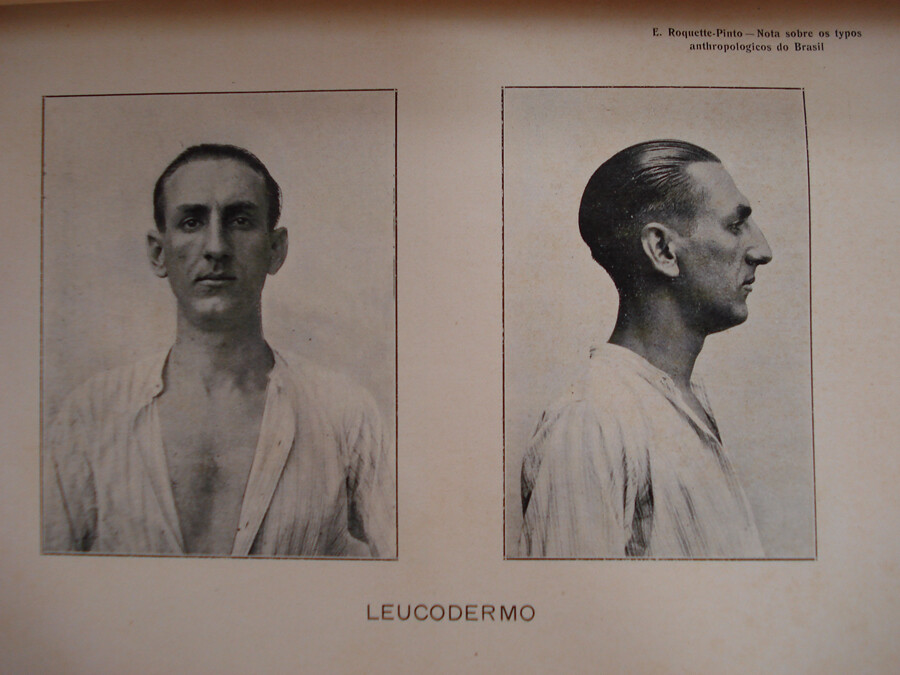

“Leucodermo” type in Edgard Roquette Pinto, “Nota sobre os typos antropológicos do Brasil,” Primeiro Congresso Brasileiro de Eugenia: Actas e Trabalhos (Rio de Janeiro, 1929): 119–148.
For Capanema, this sculpture would not simply be a work of art but rather a scientific tool to establish the Brazilian type: “the ideal figure that would be legitimate to imagine as representative of the future Brazilian human being.”36 To achieve this goal, Capanema looked to science. First, he turned to Francisco José de Oliveira Viana, one of the main voices of the “whitening” thesis, which argued that by mixing blacks and mulattos with whites, darker skin and “black” features would be “filtered.”37 Capanema also consulted with other scientists such as Juvenil da Rocha Vaz, Álvaro Fróes da Fonseca, and Edgar Roquette-Pinto. These scientists’ responses to Capanema’s questions were extensively argued and supported by their own “scientific” studies, but they all agreed that the representation of the Brazilian man should be a white man. Roquette-Pinto in particular proposed the adoption of one of the “Leucodermos,” an anthropological term he used to classify the predominant type of “whites” in Brazil. He suggested a white man with dark enough skin to look Mediterranean; “the white that would more easily ‘acclimate’ to Brazil.”38 According to Roquette-Pinto, the Leucodermo was the racial type toward which the “morphological evolution” of the Brazilian population was marching.39
Following Lucio Costa and Le Corbusier’s suggestion, Capanema asked the Brazilian artist Celso Antônio to produce the twelve-meter-high granite statue at the entrance of the ministry building.40 But Antônio objected to designing a figure like the one described by the scientists. He believed the Brazilian man should be the one he observed on the streets. In response, Capanema, “disgusted by the mestizo of rough feature … that was taking shape in [Antônio’s] atelier,” invalidated the agreement with Antônio and held a competition to select an artist who would take over the design of the statue.41 The statue was never built, but the pressure to define the ideal “Brazilian man” remained on the Ministry’s agenda, and the building itself, which was created to transform a simple man into the Brazilian man, became the very embodiment of modernity.
When Le Corbusier came back to France and began collaborating with Alexis Carrell under the Vichy regime, his vision of a clinically inspired habitat where all human needs can be met reached a new level of specificity. For over a decade, Le Corbusier had looked for opportunities to assume the role of the “techno-social” international expert, a tradition initiated by Musée Social’s technocrats who, working for France and other nations, produced master plans for cities and villages in the so-called Latin world. He was convinced that the human body, the anatomo-politics of its productivity, and the built environment should be managed by the State. In a 1941 broadcast he affirmed that “The housing problem … is the key to both the family’s regeneration and the spirit’s regeneration, the key to the nation’s regeneration.” Collapsing milieu and heredity, he affirmed, “The degeneration of the house, the degeneration of the family, are one.”42
For the remainder of that decade, Le Corbusier worked on universalizing the last and most blatant vestige of his modernist ideology. The Modulor—a term Le Corbusier invented from the word “module” and the notion of the golden section—came to life in 1946 as a way to epitomize the fruits of his doctrine.43 Bridging both the metric and Anglo-Saxon systems, he conceived the Modulor as a six-foot high man with legs firmly rooted and an outstretched arm. Intended as a human model for scaling all aspects of architecture, Le Corbusier’s Modulor became an antidote to disorder, an organizational scheme that infused regularity and normativity into architecture.44 Its overly large hands and feet, so emblematic of primitivism in modern art, references Le Corbusier’s early sketches in Brazil. Representing a map of Le Corbusier’s own history and his embrace of evolutionary theories, his pursuit of order, normativity, and purity, the Modulor is an enduring global symbol of architecture’s past complicities with Lamarckian eugenics.
Edgard Roquette Pinto, “Inaugural Session,” First Brazilian Congress of Eugenics, 12.
Roquette Pinto, “Second Session,” First Brazilian Congress of Eugenics, 16.
Roquette Pinto, “Inaugural Session,” First Brazilian Congress of Eugenics, 12.
Bruno Latour argues that, within hygiene’s ambition for reorganizing society itself, there was “a mixture of urbanism, consumer protection, ecology (as we would say nowadays), defense of the environment, and moralization.” Bruno Latour, The pasteurization of France (Cambridge, Massachusetts: Harvard University Press, 1993), 17–23. See also Fabienne Chevallier, Le Paris moderne: Histoire des politiques d’hygiène, 1855-1898 (Rennes: Presses universitaires de Rennes, 2010).
Jean-Baptiste Pierre Antoine de Monet de Lamarck, Philosophie zoologique, ou Exposition des considérations relatives à l’histoire naturelle des animaux (Cambridge: Cambridge University Press, 2011).
Francis Galton, “Eugenics: Its definition, Scope and Aims,” The American Journal of Sociology X, no.1 (1904): 1–25. This definition was first read at London University’s School of Economies, on May 16, 1904.
Beatriz Colomina, in an interview with Anatxy Balbeascoa published in the Spanish newspaper El País, said that “architecture has been studied from every point of view except from the most obvious: the clinical one.” Beatriz Colomina, “Los Arquitectos buscamos Dioses para adorarlos,” El País, April 20, 2009, ➝.
The core of these ideas draws from my book, Eugenics in the Garden: Transatlantic Architecture and the Crafting of Modernity (Austin: University of Texas Press, 2018).
In France, the term “social question” refers to the bourgeoisie’s haunting interrogation of a new form of poverty associated with the advent of industrialization, the crisis of philanthropic reform within the new liberal economy, and the impact of urban growth. At the turn of the twentieth century, the term also captured the fear of change itself, of workers and labor militancy. López-Durán, Eugenics in the Garden, 44.
The sanitary and urban reforms developed during the first decades of the century were not limited to sewage works and avenues’ openings; they also included medical policies that, among other actions, forced the population to be vaccinated for smallpox—a campaign widely rejected. Nicolau Sevcenko, A Revolta da Vacina: Mentes insanas em corpos rebeldes (São Paulo: Scipione, 2003); Jaime Benchimol,”Reforma urbana e revolta da vacina na cidade do Rio de Janeiro,” O Brasil republicano: o tempo do liberalismo excludente – da Proclamação da República à Revolução de 1930, ed. Jorge Ferreira and Lucilia de Almeida Neves Delgado (Rio de Janeiro: Civilização Brasileira, 2003); and Gilberto Hochman, A era do saneamento: As bases da política de saúde pública no Brasil, (São Paulo: Hucitec/Ampocs, 1998).
In 1798, the city senate, preoccupied with the sanitary conditions of the city urban center, distributed an official questionnaire to determine the causes of endemic and epidemic diseases affecting Rio’s population. In their response to this questionnaire, the physicians Manoel Joaquim Marreiros, Bernardino Antônio Gomes and Antonio Joaquim de Medeiros blamed the “morros”—the hills that emerged along the city’s bays and valleys—among the main causes that provoked the bad circulation of air and its consequent proliferation of miasmas and other diseases. The physicians also considered that some non-natural factors contributed to the proliferation of diseases, such as the architecture of most of the buildings that were too low-rise, humid, and poorly ventilated. They proposed the elimination of some of the hills and the construction of taller buildings. This questionnaire was first published in 1813, in the scientific and cultural newspaper O Patriota. See Luiz Otávio Ferreira, “Os periódicos médicos e a invenção de uma agenda sanitária para o Brasil (1827-1843),” in Historia Ciencias, Saude—Manguinhos 6, no. 2 (1999): 331–351.
Jose Antonio Nonato and Nubia Melhem Santos, Era uma vez o Morro do Castelo (Rio de Janeiro: IPHAN, 2000), 67.
O Livro de Ouro: Comemorativo do Centenário da Independência do Brasil e da Exposição Internacional do Rio de Janeiro (Rio de Janeiro: Edição do Annuario do Brasil, 1923), 77. Published in conjunction with the Exposição Internacional do Centenário do Brazil (Brazilian International Centennial Exhibition), held in Rio de Janeiro from September 7, 1922 to March 23, 1923.
O Livro de Ouro, 4-5.
The original Tijuca Forest, destroyed by the proliferation of coffee plantations, was replanted during the second half of the nineteenth century with the aim of protecting Rio de Janeiro’s water resources. The Tijuca Forest in Rio covers thirty-two square kilometers, becoming the largest urban forest in the world.
The First Brazilian Congress for the Protection of the Infants was held in Rio de Janeiro from August 27 to September 5 of 1922.
I borrow this association between puericulture and agriculture from Jane Ellen Crisler, “Saving the Seed: The Scientific Preservation of Children in France during the Third Republic.” Ph.D. dissertation. University of Wisconsin-Madison, 1984, 76. For Pinard the term puericulture refers to “the research and application of all knowledge relative to the reproduction, conservation and improvement of the human species” Adolphe Pinard, “De la dépopulation de la France,” Revue Scientifique (July 30, 1910): 30, quoted in Carol, “Médecine et eugénisme en France, ou l rêve d’une prophylaxie parfait. XIXe –Première moitié du XXe siècle,” Revue d’histoire moderne et contemporaine 43 (1996): 618–631.
Christovam Bezerra Dantas, “A Criança e a eugenía” published in the section on Sociology and Legislation in the Primeiro Congresso Brasileiro de Protecção á Infancia, Boletim 7 (1924). Theses officiaes, Memorias e Conclusões. (Rio de Janeiro: Empresa Graphica Editora, 1925), 175–179.
Thomas E. Skidmore’s study “Fact and Myth: Discovering a Racial Problem in Brazil” (São Paulo: Instituto de Estudos Avançados, 1992).
Lucia Silva, “A trajetória de Alfred Agache no Brasil,” in Luiz Cesar de Queiroz Ribeiro and Robert Pechman ed., Cidade, povo e nação: Gênese do urbanismo moderno (Rio de Janeiro: Civilização Brasileira, 1996), 397–410; and Denise Cabral Stuckenbruck, O Rio de Janeiro em questão: o Plano Agache e o ideário modernista dos anos 20, (Rio de Janeiro: IPPUR/FASE, 1996).
Lucio Costa, “O arranha-céu e o Rio de Janeiro,” O País, Rio de Janeiro, July 1, 1928.
Christine Boyer, Le Corbusier: Homme de Lettres (Princeton: Princeton Architectural Press, 2011), 457. See also Wendy Martin, “Remembering the Jungle: Josephine Baker and Modernist Parody,” in Prehistories of the Future: The Primitivist Project and the Culture of Modernism, ed. Elazar Barkan and Roland Bush (Stanford: Stanford University Press, 1995), 310-325.
Le Corbusier, The Radiant City (New York: Orion Press, 1967), 115. In the original version in French, Le Corbusier uses the term “puericulture” later translated as “scientific child rearing.” The original quote reads “sont confiées à des infirmières spécialisées surveillées par des médecins: sécurité – sélection – puériculture.”
Le Corbusier, “Aménagement d’une journée équilibrée,” unpublished article, dated May 1932. FCL.UE-5, 64-139.
In his 1945 book, Les Trois établissements humains, Le Corbusier argues: “l’eugénisme, la puériculture, assurant l’élevage d’une race.” Le Corbusier, Les Trois établissements humains (Paris: Les éditions de minuit, 1997), 116.
Le Corbusier, Notes and Sketch (n/d), Foundation Le Corbusier, document F2-17 No. 275.
Alexis Carrel’s 1935 book was simultaneously published in French with the title L’Homme cet inconnu, by Plon in Paris, and in English with the title Man, The Unknown, by the American publisher Harper & Brothers, who also sold the rights to publish condensed chapters of the book in the popular American magazine Reader’s Digest (which by the mid-1930s, had a circulation of over 1.5 million copies), contributing to the commercial success of the book. In this book, Carrel explicitly defends the elimination of defectives and criminals, and even recommends the use of gar chambers to accomplish this goal. See Andrés Horacio Reggiani, “Alexis Carrel, the Unknown: Eugenics and Population Research under Vichy,” French Historical Studies 25 (2002): 331–356.
In June 1927, during his first lecture in Rio, Agache introduced himself as a physician and Rio, Mademoiselle Carioca, as a single woman that required treatment and discipline. Clearly, he conceived his master plan as a medical treatment for a capital city cleansed of diseases and “undesirables,” and therefore suitable for Europeans. Agache argues “I want you to see me as a kind of doctor who has been consulted and who is more than pleased to bring his knowledge to bear and to be able to make use of it in his consideration of this pathological case submitted for examination. I say pathological case because Mademoiselle Carioca is certainly sick. But do not be afraid since her illness is not congenital: it is one that is curable, because it is an illness that consists of a growth crisis… What to do? A physician needs to prescribe a severe regime, a model of progress and discipline, and urgently provide her with a regulatory plan that allows her to blossom favorably.” Donat Alfred Agache, Cidade do Rio de Janeiro. Extensão Remodelação Embellezamento (Paris: Foyer Brésilien, 1930), 5, 21.
Le Corbusier, The Radiant City, 7.
Le Corbusier, Manuscript Lecture I, 5.
Le Corbusier and François de Pierrefeu, The Home of Man, 13.
Le Corbusier, Oeuvre complète 1934-1938 (Zurich: Editions Girsberger, 1953).
This sketch is an adaptation of the one Costa sent to Le Corbusier in July 1937. However, the colossal seated and naked man was already included in a report Le Corbusier submitted to Minister Capanema regarding the construction of the Ministry of Health and Education and the University City Campus for Rio de Janeiro. In this report, dated August 10, 1936, Le Corbusier argues that the ministry building should be built off the coast (at Praia Santa Luzia), rather than on the site of the esplanade proposed by Rio’s Director of Public Works Marques Porto, the site where the Morro do Castelo once stood. Fundação Getulio Vargas, Arquivo Gustavo Capanema, Série F, 34.10.19, II-30, Rio de Janeiro.
Gustavo Capanema, Letter to Getúlio Vargas, dated June 14, 1937. Arquivo Gustavo Capanema, Série F, 34.10.19, III-9, Fundação Getúlio Vargas, Rio de Janeiro.
Gustavo Capanema, Letter to Oliveira Viana dated August 30, 1937, published in Lissovsky and Moraes de Sá, Colunas da Educação, 225.
Ibid., 225–229.
Brazilians saw miscegenation not as a menace but as a solution—as the vehicle for “wiping out the black” and consequently “whitening” the country. Thomas E. Skidmore, Fact and Myth: Discovering a Racial Problem in Brazil (São Paulo: Instituto de Estudos Avançados, 1992).
Edgard Roquette-Pinto, Letter to Gustavo Capanema dated August 30, 1937 published in Lissovsky and Moraes de Sá, Colunas da Educação, 226.
Roquette Pinto was the first anthropologist to create a system of classification of racial types in Brazil. In his paper “Note on the anthropological types of Brazil,” Roquette-Pinto classifies the Brazilian population in four main groups: the “white type” or Leucodermo, representing 51% of the population; the “mulatto type” (descendants of mixing Whites and Blacks) or Phaiodermo, representing 22%; the “Caboclo type” (descendants of mixing whites and indians) or Xanthodermo, representing 11%; and the “Black type” or Melanodermo, representing 14% of the population. As opposed to Oliveira Vianna, Roquette-Pinto rejected the idea that mixed races were degenerated or inferior types, although he accepted that they were, as well as the Blacks and the Indigenous, less beautiful than the Caucasian type. Roquette-Pinto, “Nota sobre os typos anthropológicos do Brasil,” in Primeiro Congresso Brasileiro de Eugenia: Actas e trabalhos, Vol. 1. Rio de Janeiro, 1929, 119–148.
Celso Antônio was Costa’s collaborator in his effort to reform the National School of Fine Arts’ curriculum in the early 1930s. Previously, in the 1920’s, he was a disciple of the celebrated French sculptor Antoine Bourdelle. Costa and Bourdelle recommended Celso Antônio as the project’s sculptor, and in his letter to Capanema, Le Corbusier approved the selection of the Brazilian sculptor to model the “Brazilian Man.” Le Corbusier, Letter to Capanema dated December 30, 1937, published in Lissovsky and Moraes de Sá, Colunas da Educação: A construcão do Ministério da Educação e Saúde (Rio de Janeiro: Fundação Getúlio Vargas CPDOC, 1996), 139-140.
M. Paulo Filho, “Homem Brasileiro,” Correio da Manhã, September 23, 1938, 4.
Le Corbusier, Destin de Paris (Clermont Ferrand, France: Fernand Sorlot, 1941), 60.
Le Corbusier, The Modulor: A Harmonious Measure to the Human Scale Universally Applicable to Architecture and Mechanics (London: Faber & Faber, 1956), 76–80.
Although this work began in the 1920s, it was not until the 1940s that it was codified under the influence of the Commissariat a la Normalisation, the committee for standards of the Order of Architects. Jean-Louis Cohen, “Le Corbusier’s Modulor and the Debate on Proportion in France,” Architectural Histories, 2 (2014).
Sick Architecture is a collaboration between Beatriz Colomina, e-flux Architecture, CIVA Brussels, and the Princeton University Ph.D. Program in the History and Theory of Architecture, with the support of the Rapid Response David A. Gardner ’69 Magic Grant from the Humanities Council and the Program in Media and Modernity at Princeton University.


